How can you tell if your kombucha has mold? And can you save a moldy SCOBY? Diving into your worst kombucha nightmare (and how to prevent it) here!
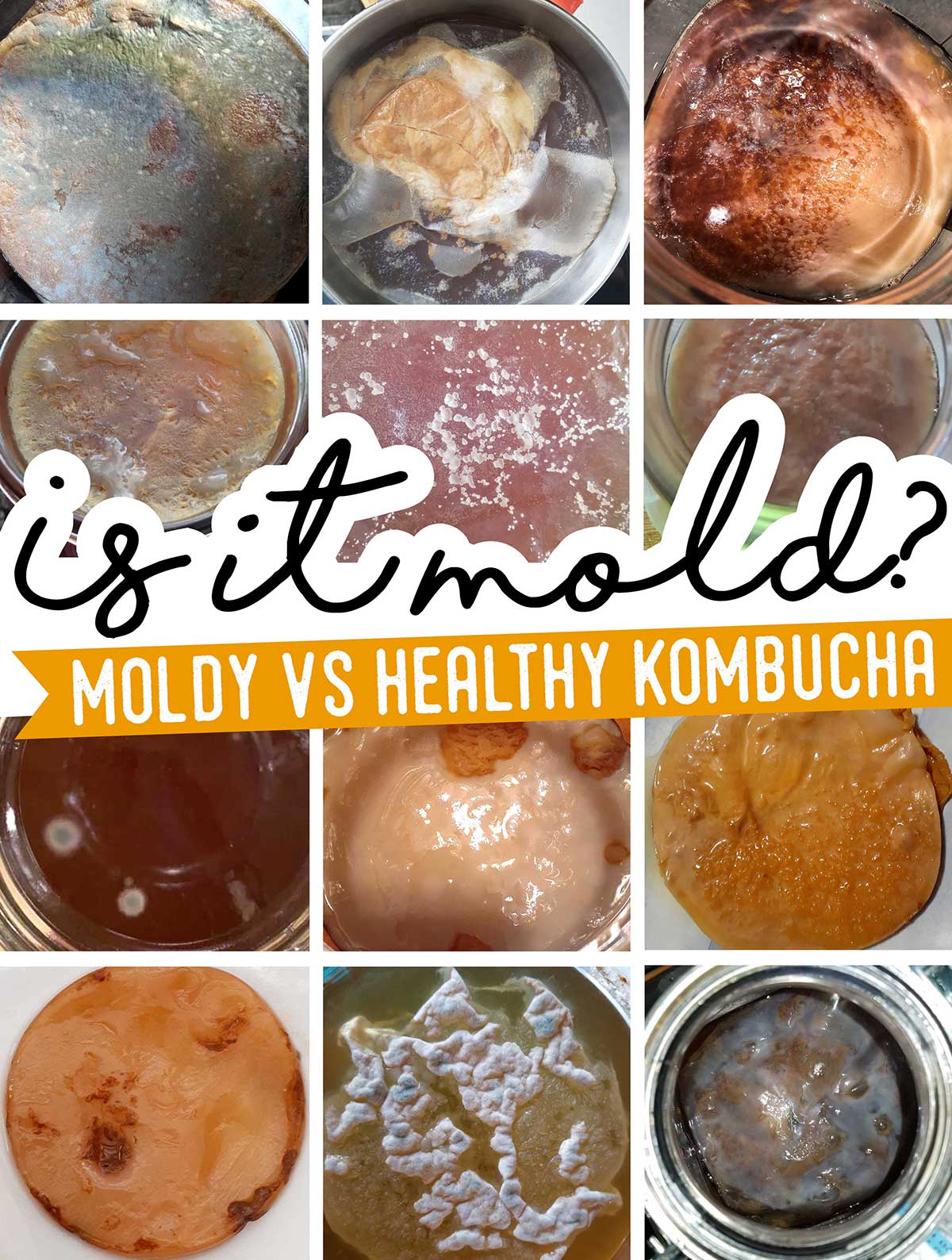
It’s every kombucha brewers worst fear…mold. But is it really as scary and world shattering as people seem to believe? No.
The thing is, kombucha mold is totally avoidable, and the chances or contracting mold are quite low if you’re brewing kombucha properly.
What is kombucha mold?
Kombucha mold is simply an overgrowth of bad bacteria or fungus. It isn’t much different than the mold that might grow on an old loaf of bread.
And while you shouldn’t drink any kombucha that has been in contact with mold (just as you wouldn’t eat that moldy bread), it’s not the end of the world!
What does kombucha mold look like
Though the chances are low, if mold is going to happen it will likely be in the first fermentation, when the kombucha acidity isn’t high enough to fend off the bad bugs. Once kombucha is bottled in the second fermentation, the acidity of the brew should prevent mold from growing.
While there are many different strains of mold that can grow – each with their own unique appearance – they usually have a few specific traits:
- Fuzzy or dry appearance
- Circular shape
- Colors range, but may be white, green, black, or blue
- On the surface of the kombucha (most mold needs air to survive)
Here are a few photos of kombucha mold for your reference. (Have a moldy SCOBY photo and want to include it in this gallery to help more people ID potentially moldy kombucha? Email me!)
(If your kombucha looks odd but it doesn’t look like mold, you could have kahm yeast.)
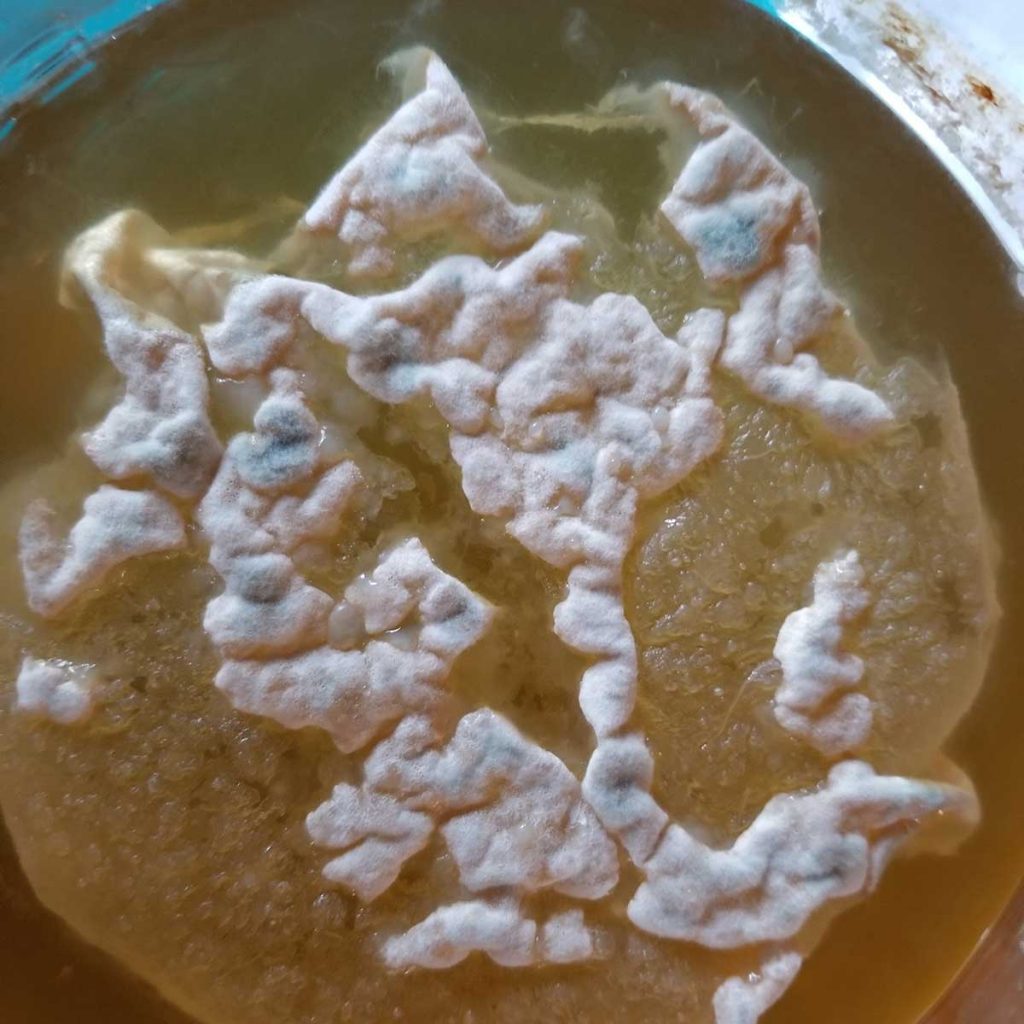
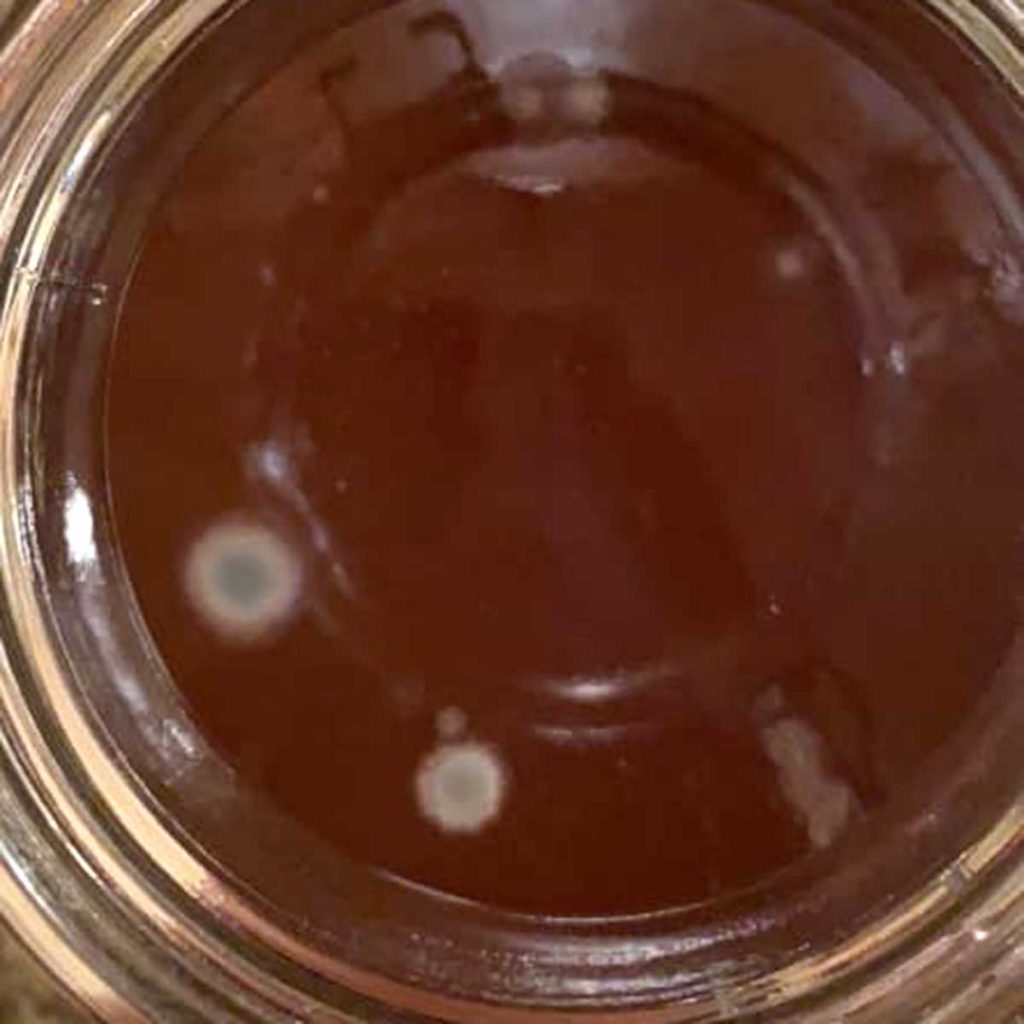
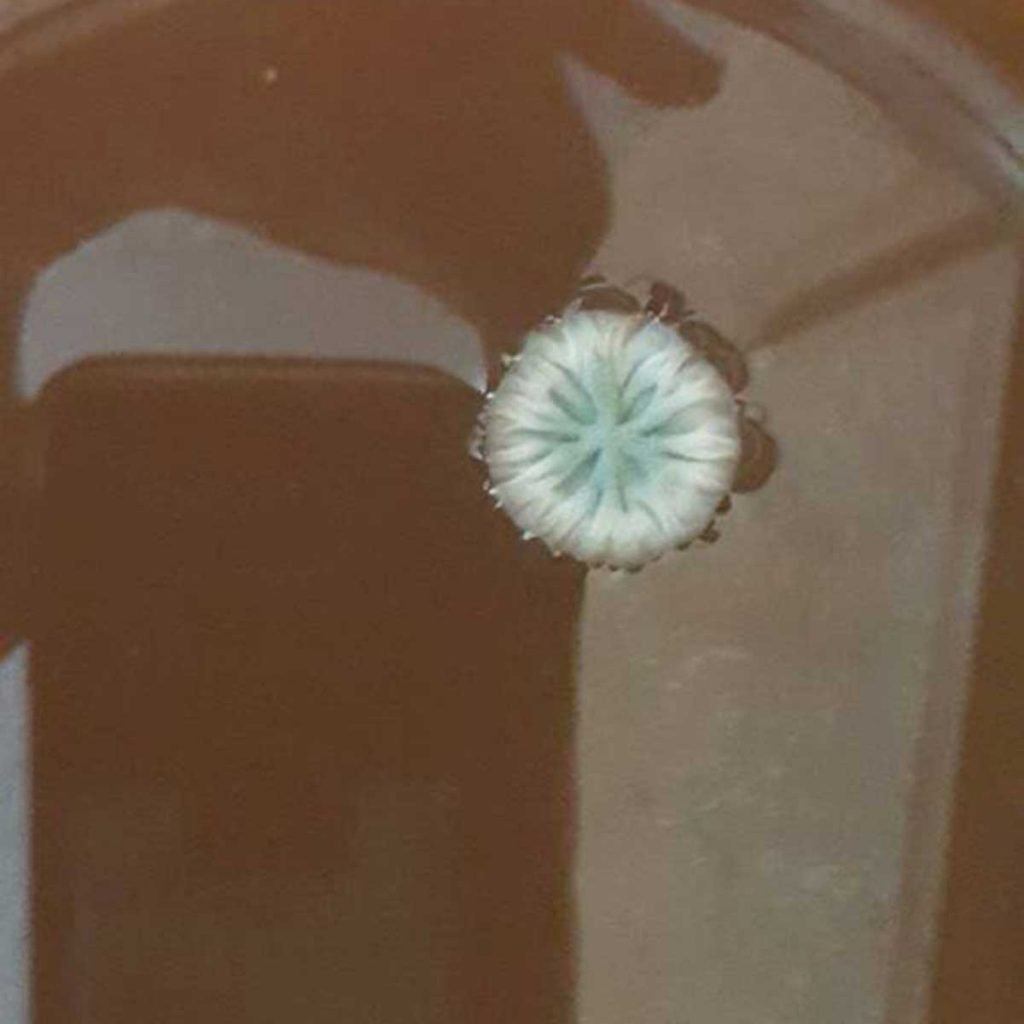
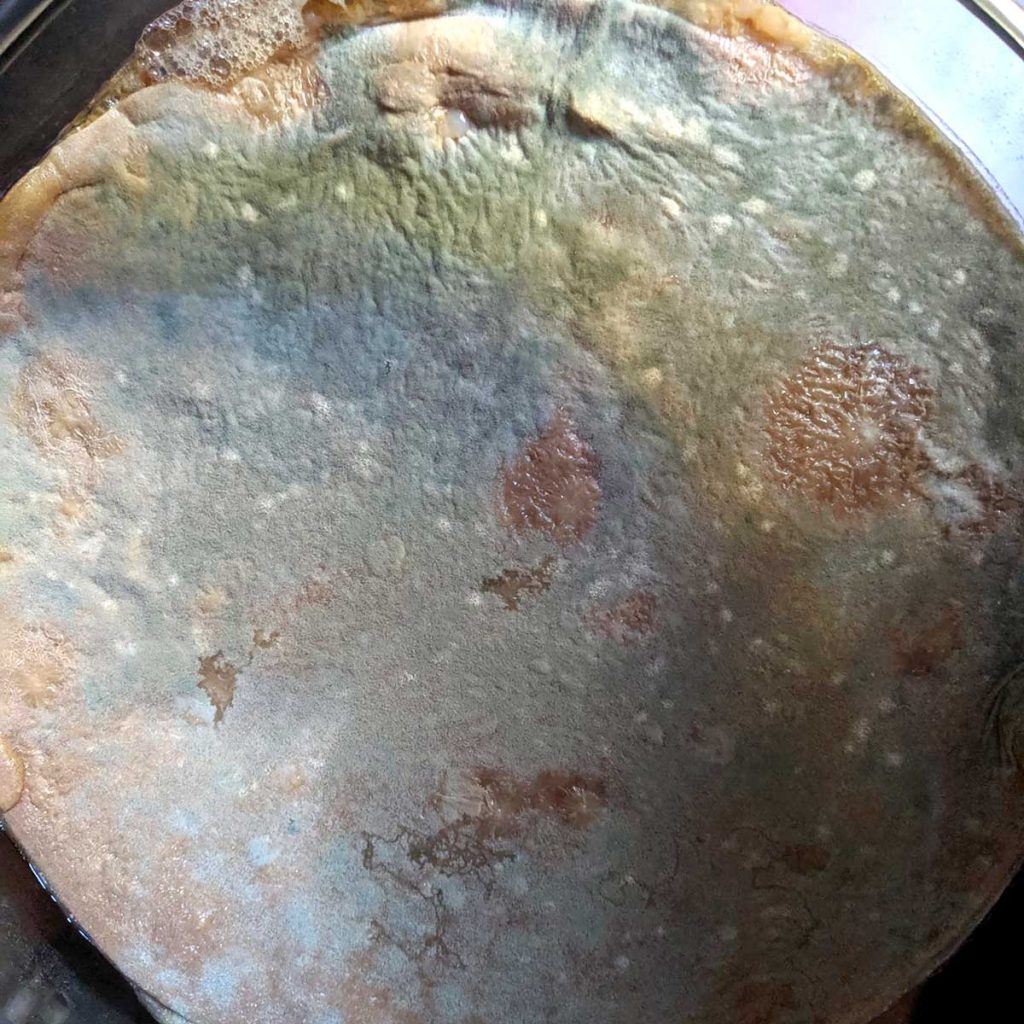
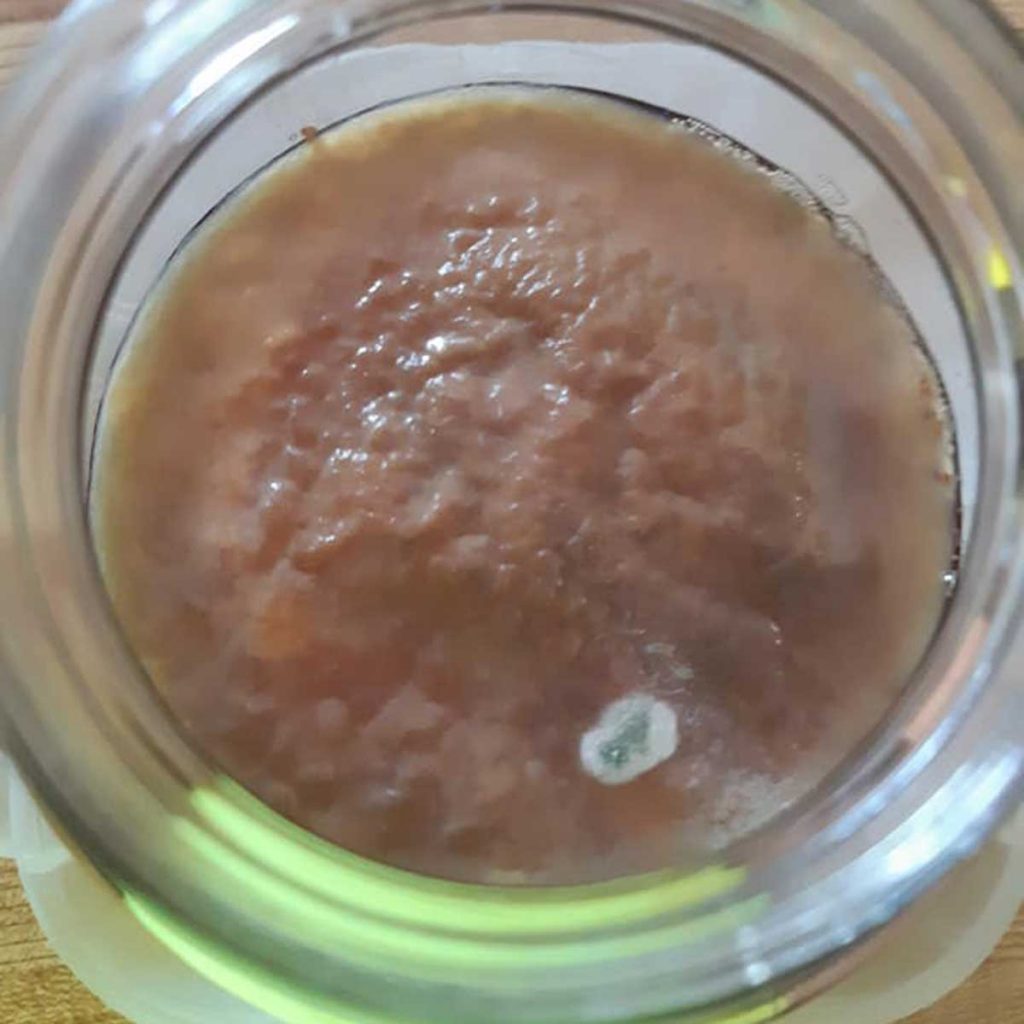
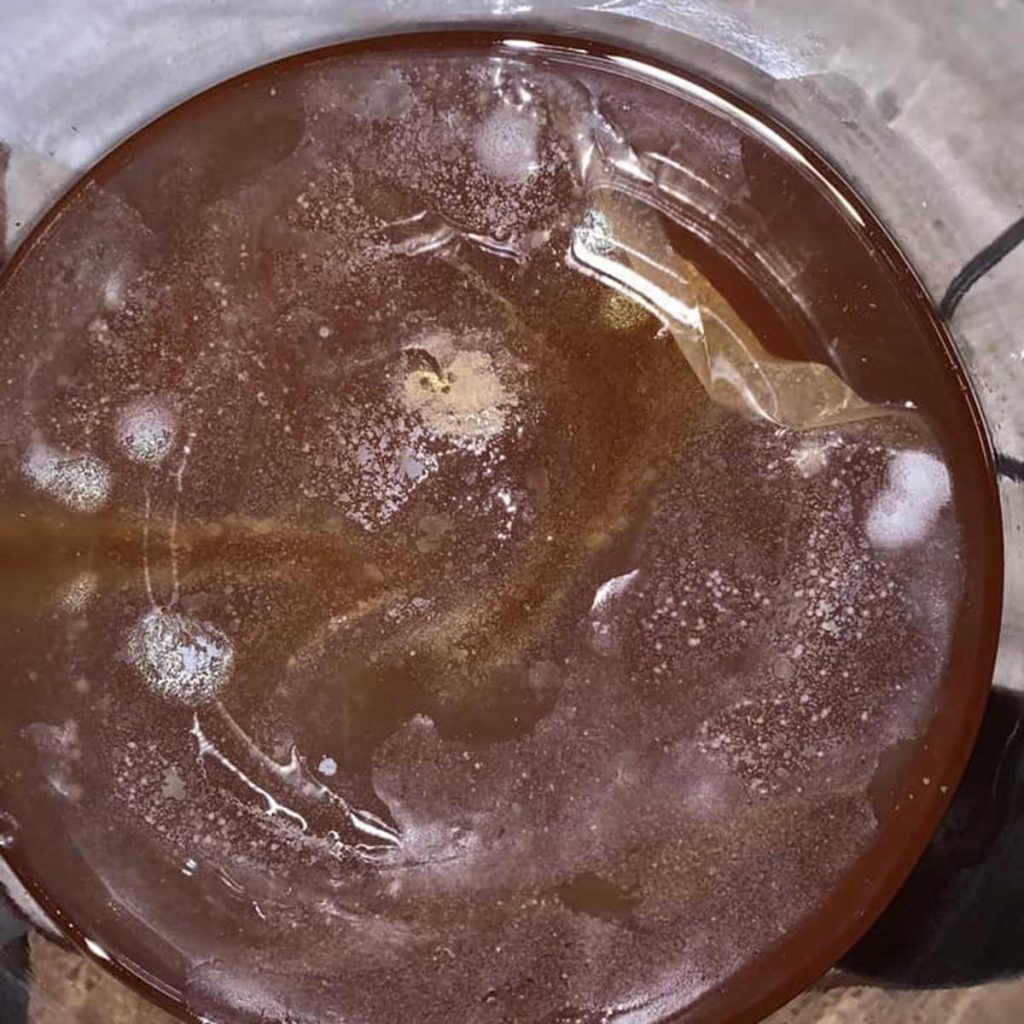
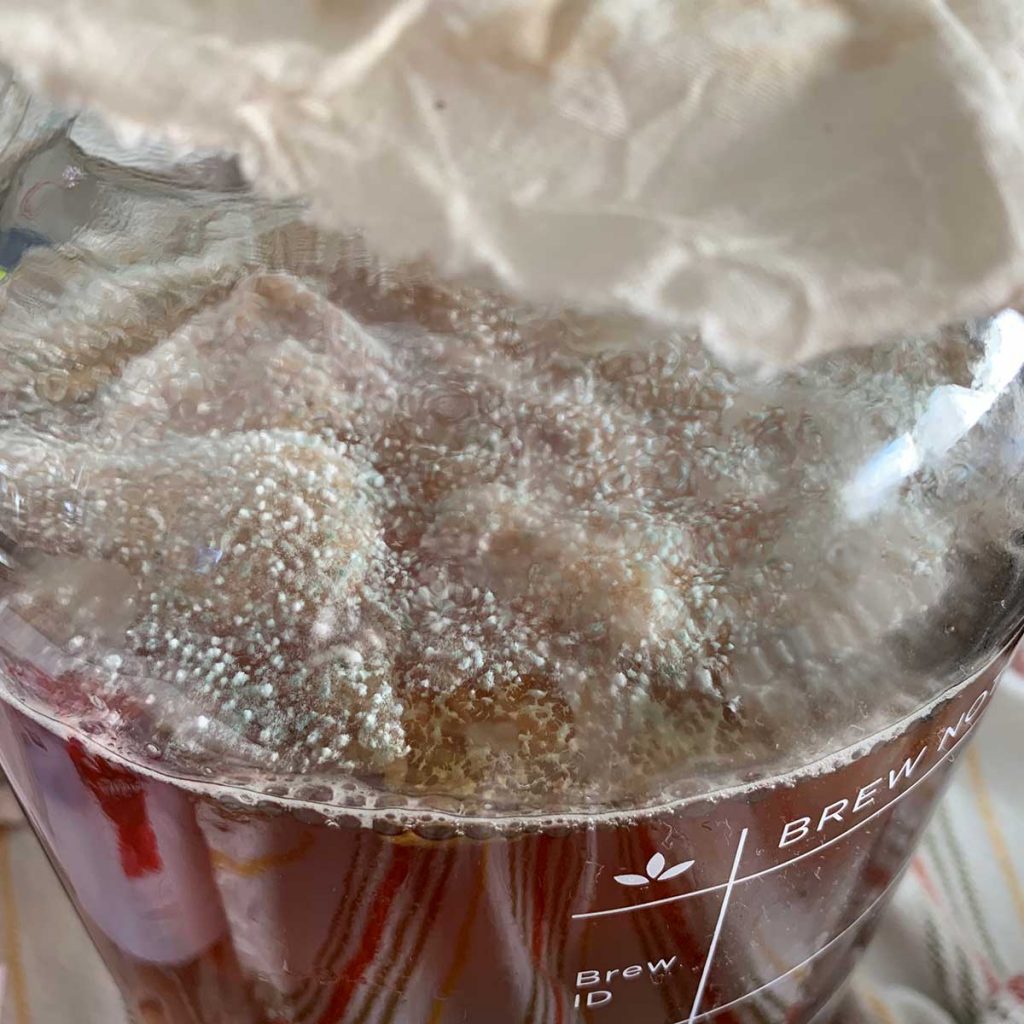
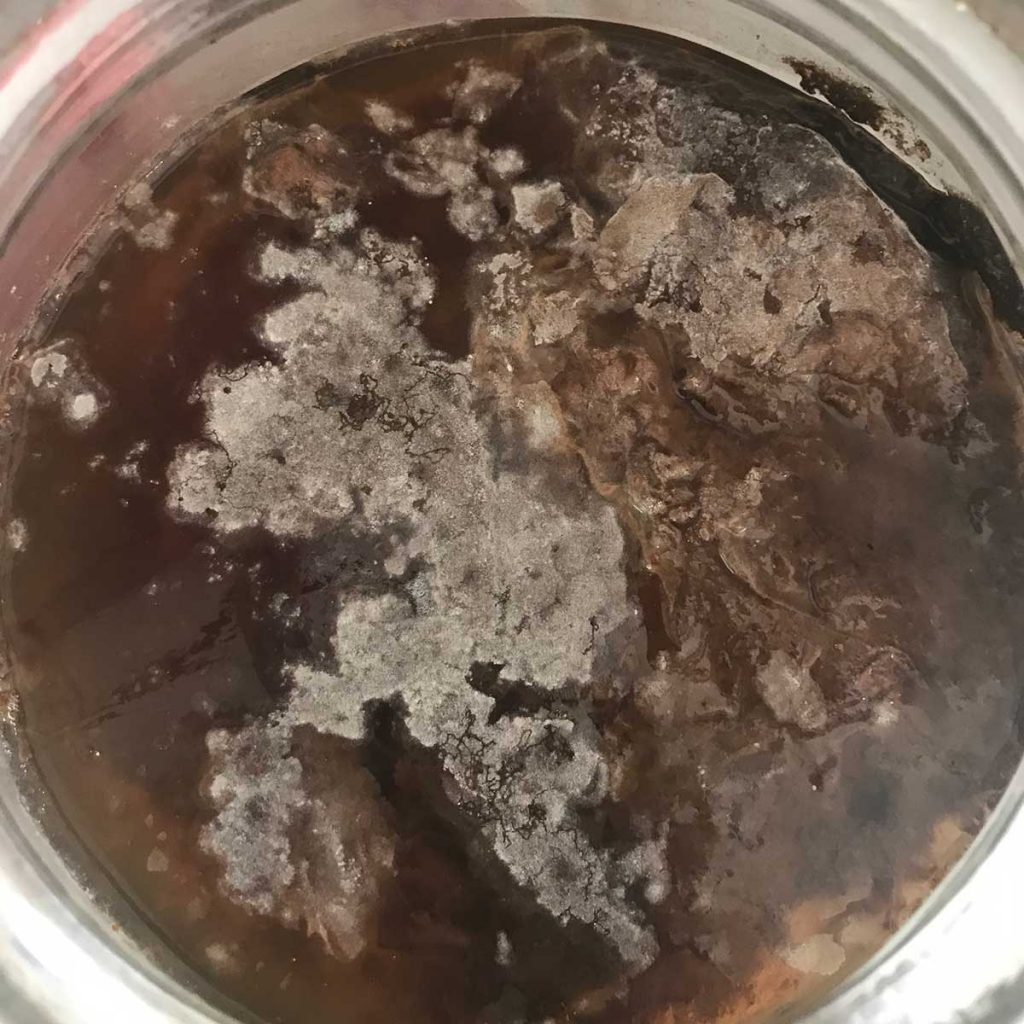
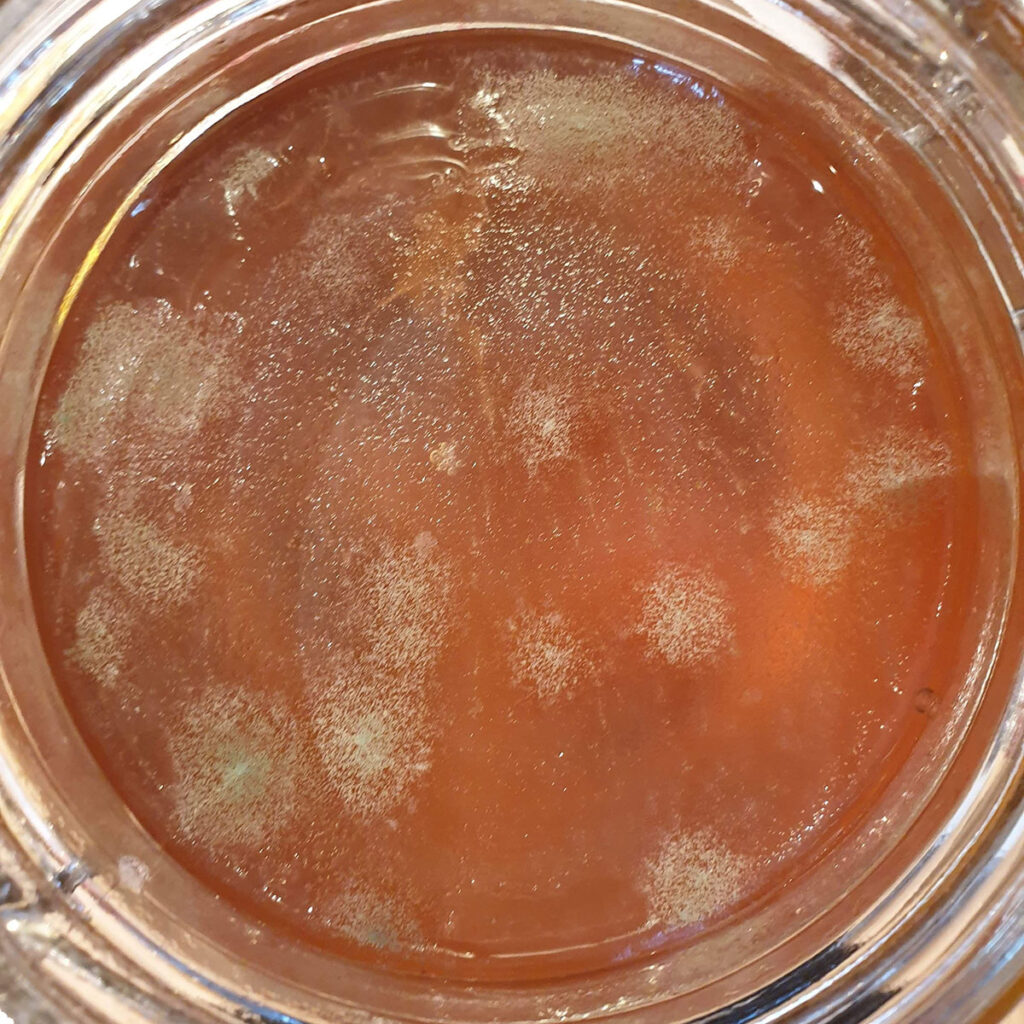
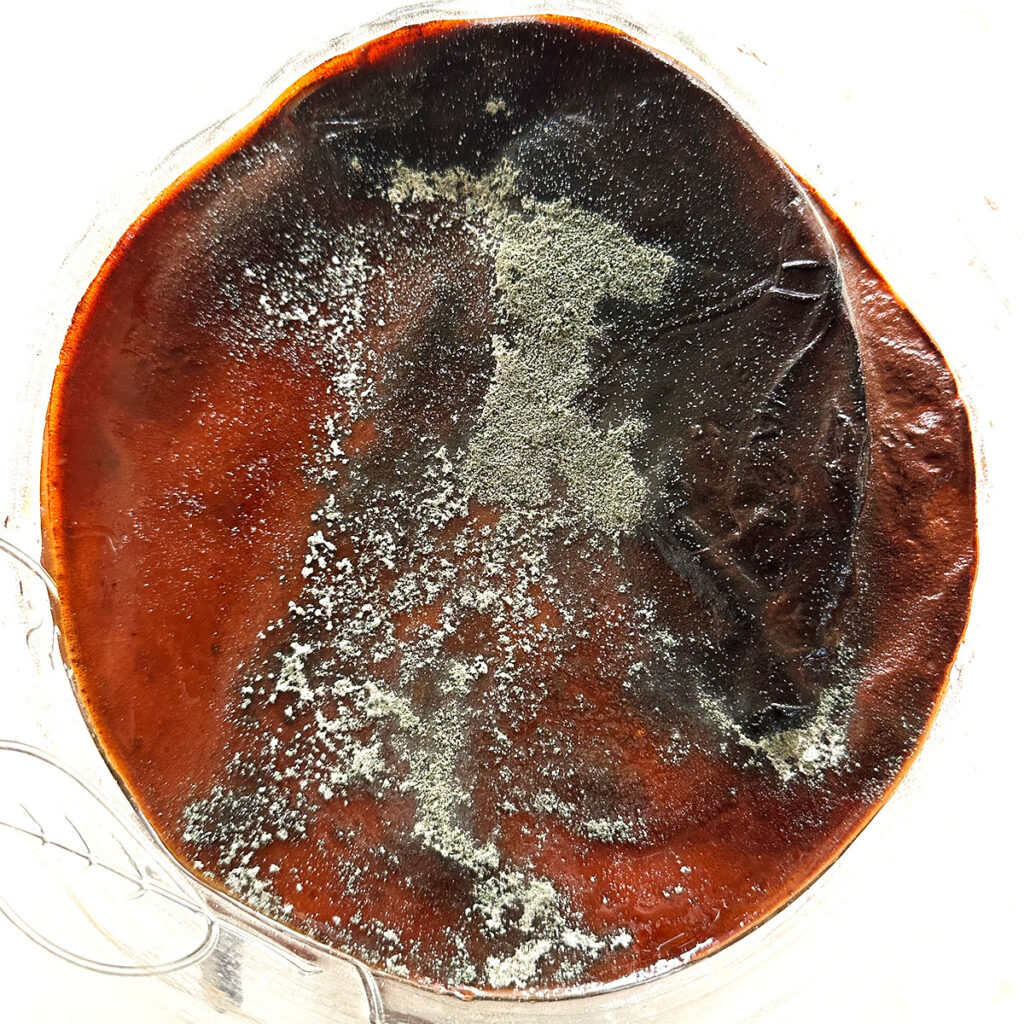
How to prevent mold in your kombucha
If you got mold, it’s because something went wrong in the process of brewing. Here are a few common reasons you may have got mold:
Not enough starter: If you didn’t use enough starter kombucha, or the starter wasn’t strong, the kombucha may not have been acidic enough to defend itself from mold strains. You can use pH test strips to ensure your starter kombucha is strong and acidic (should be between 2.5 and 3.5).
Temperature too low: If the temperature is too low where you’re brewing, or if you put your first fermentation / SCOBY in the fridge, the bacteria and yeast go dormant. This means they can’t acidify your kombucha, and mold may grow. Never store your SCOBY in the fridge, and ensure you store your kombucha somewhere warm enough to prevent mold.
Supplies not clean enough: Mold spores may have slipped in through your supplies, such as if you used a dirty sponge to clean the jar. Learn to clean your supplies to prevent contamination.
Used the wrong ingredients: Herbal teas and different sugars can weaken the SCOBY over time. Be sure you’re using the best teas and best sugars for kombucha.
Wrong place: Where your fermentation station is located matters! Airborne contaminants from garbage, compost, fruit bowls, or even other fermentation projects (like kefir or kimchi) can contaminate your kombucha. Ensure your kombucha is stored away from these.
What if I’m not sure?
The thing is, kombucha looks weird even under normal circumstance. So what if you’re not sure?
Just give it a few days! If it’s mold, it will grow to look like something in the photos above. If it doesn’t grow, it’s probably just normal, weird kombucha stuff.
Here are some examples of normal kombucha SCOBYs for your reference. Not sure if yours is moldy or not? Feel free to ask in our Facebook group!
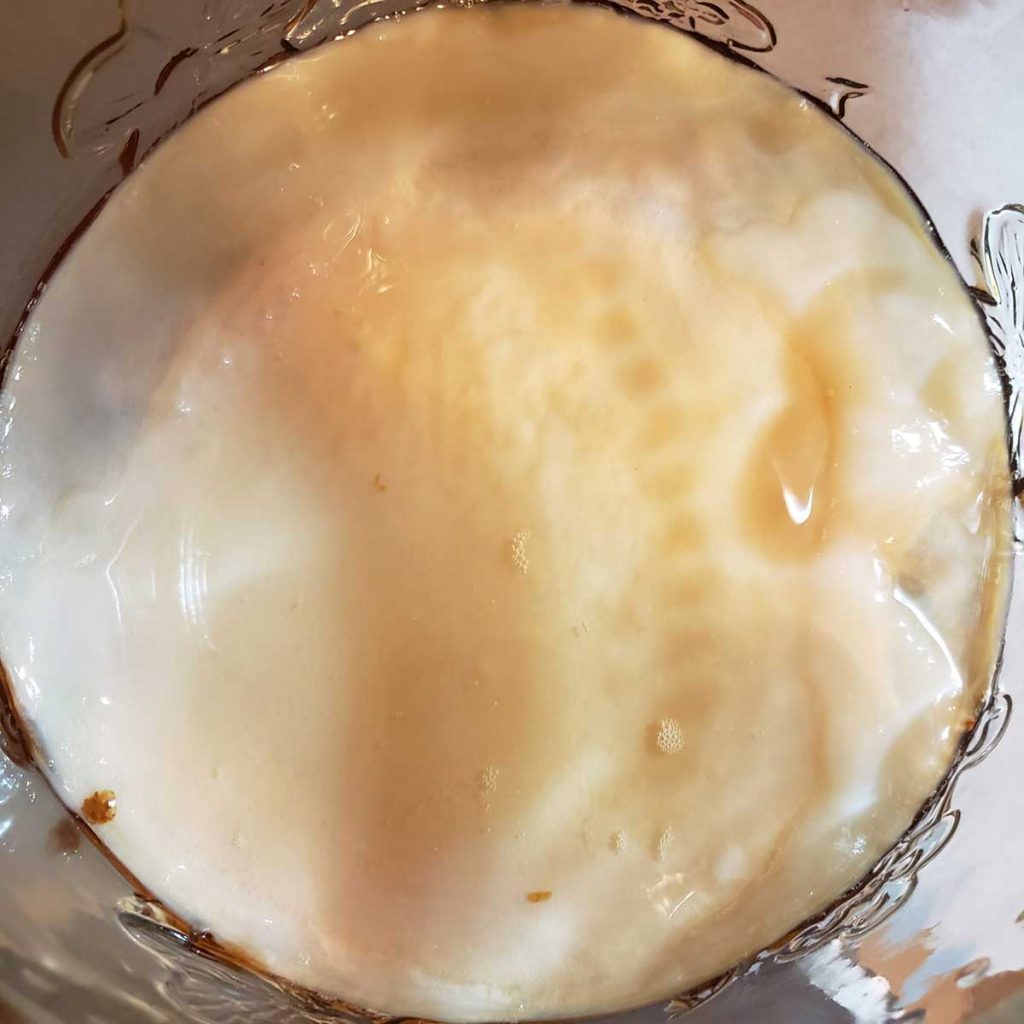
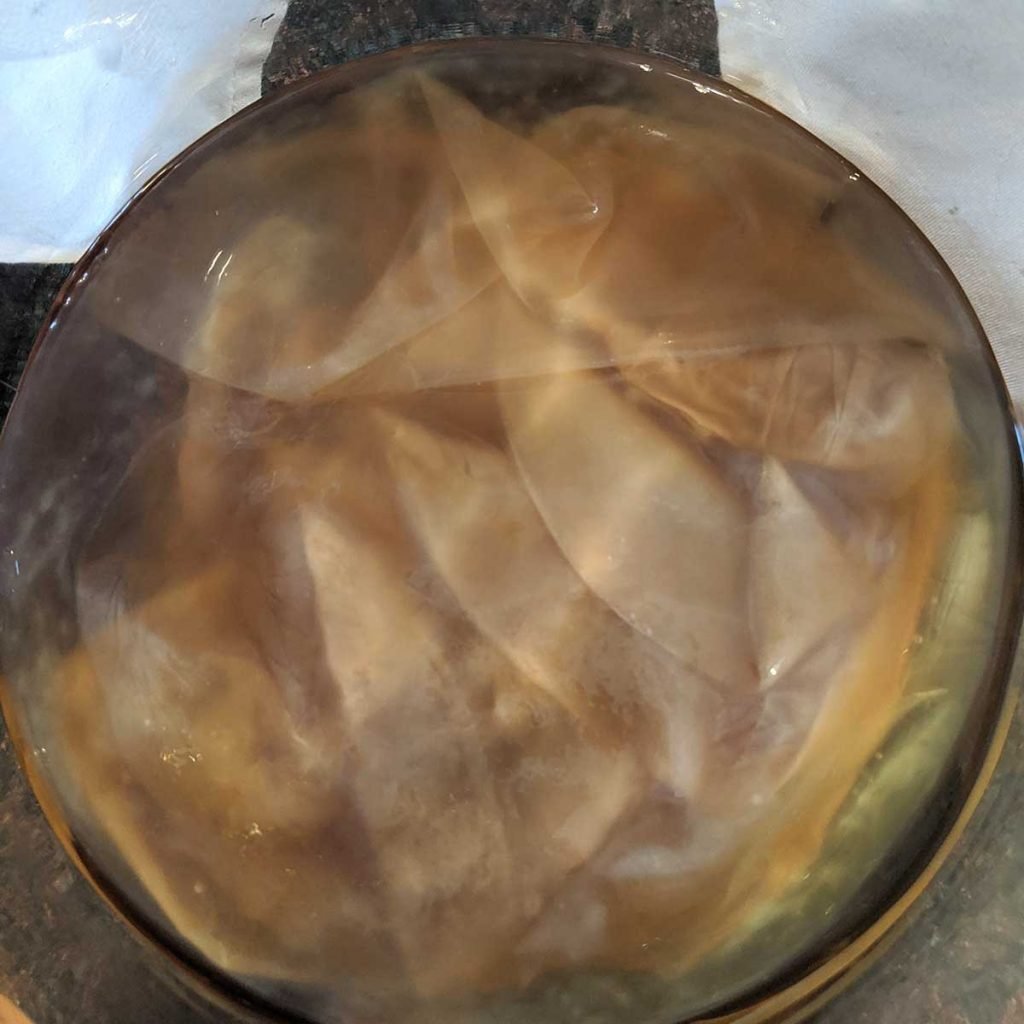
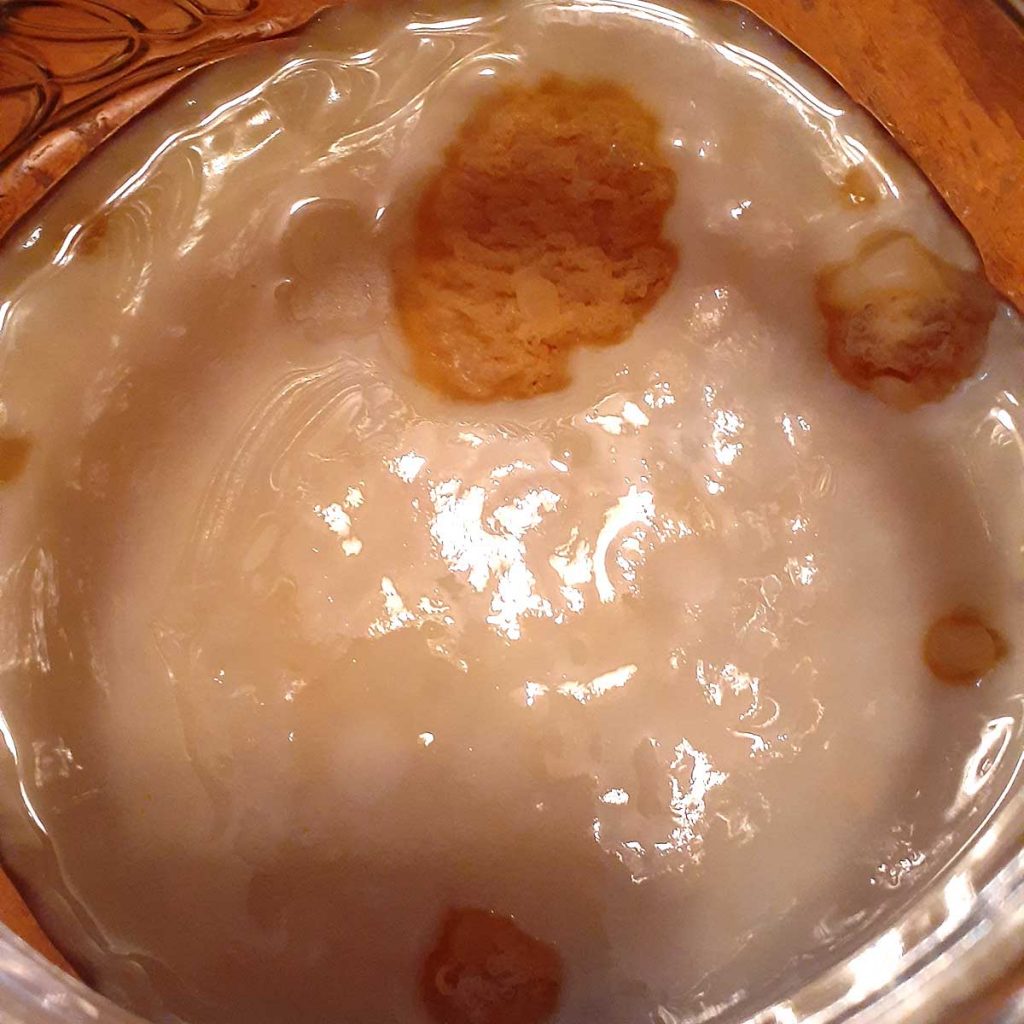
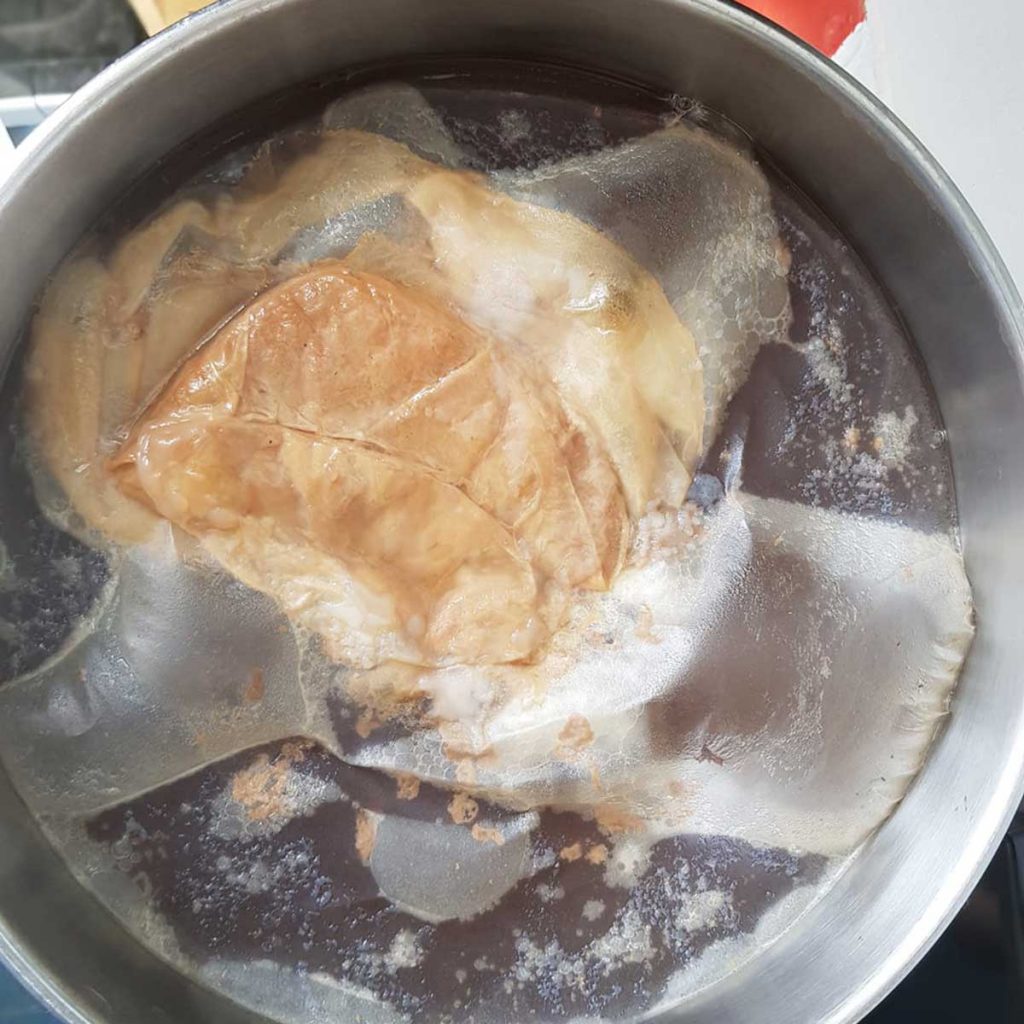
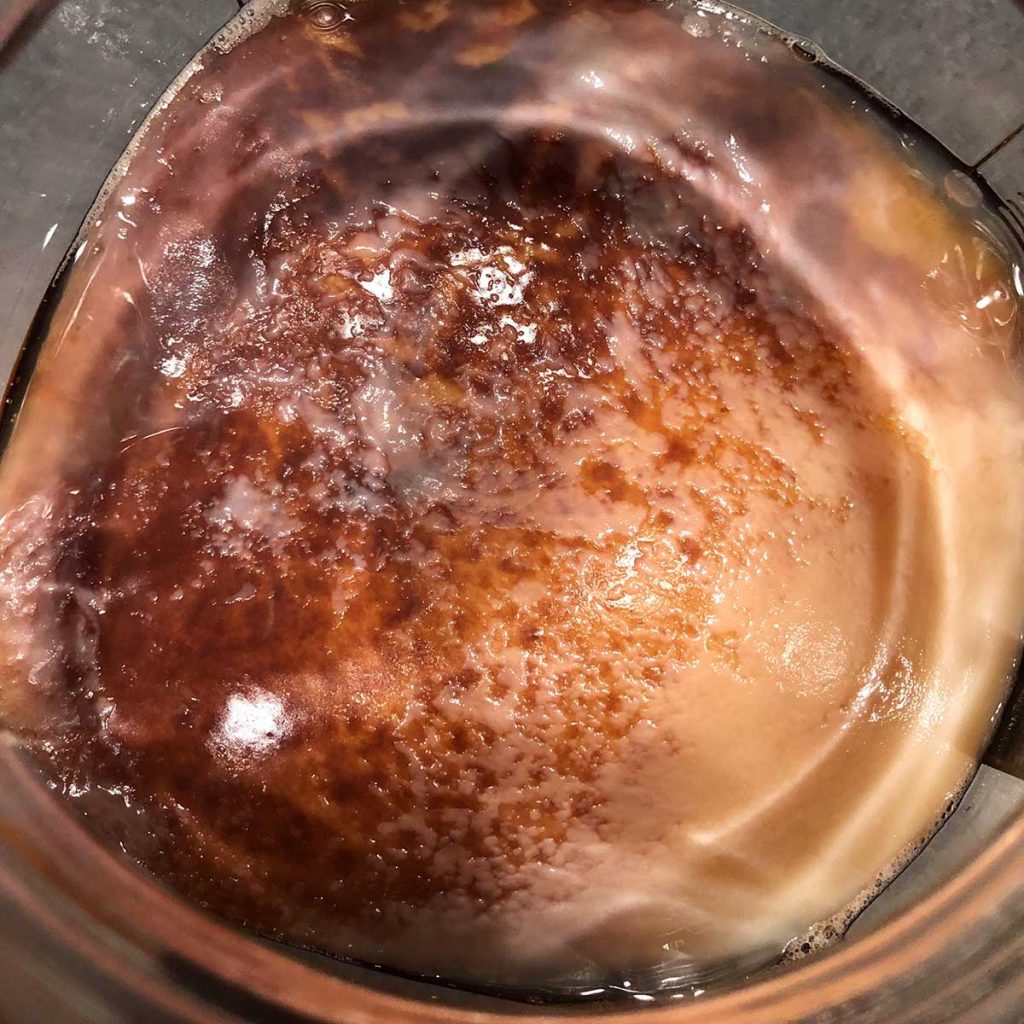
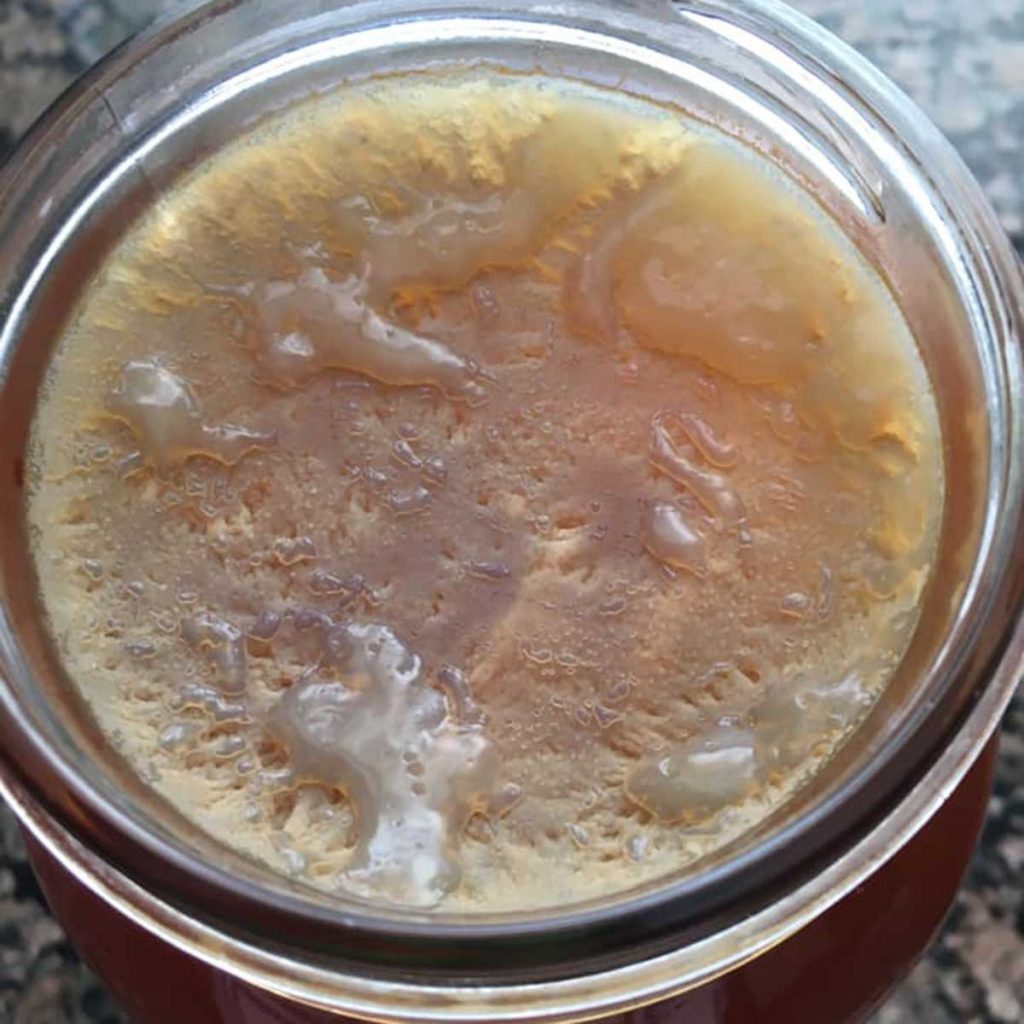
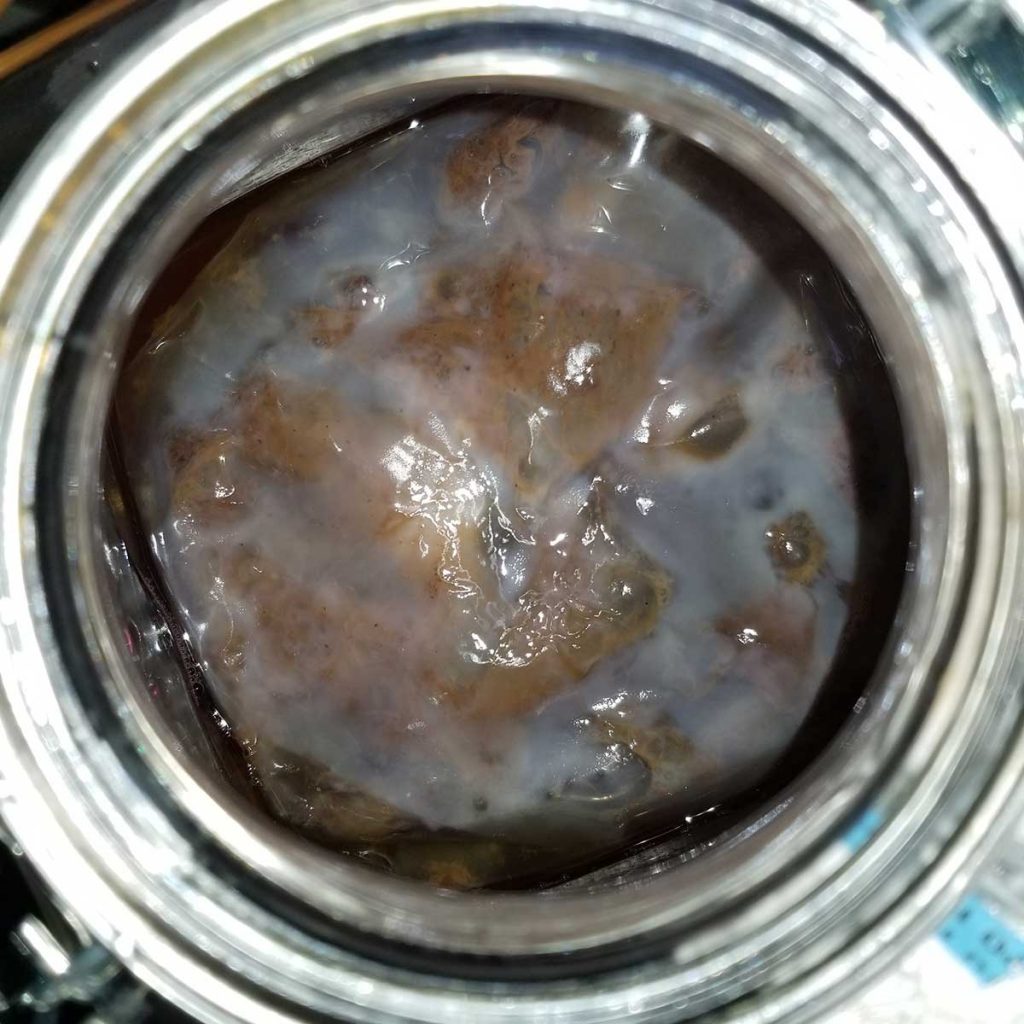
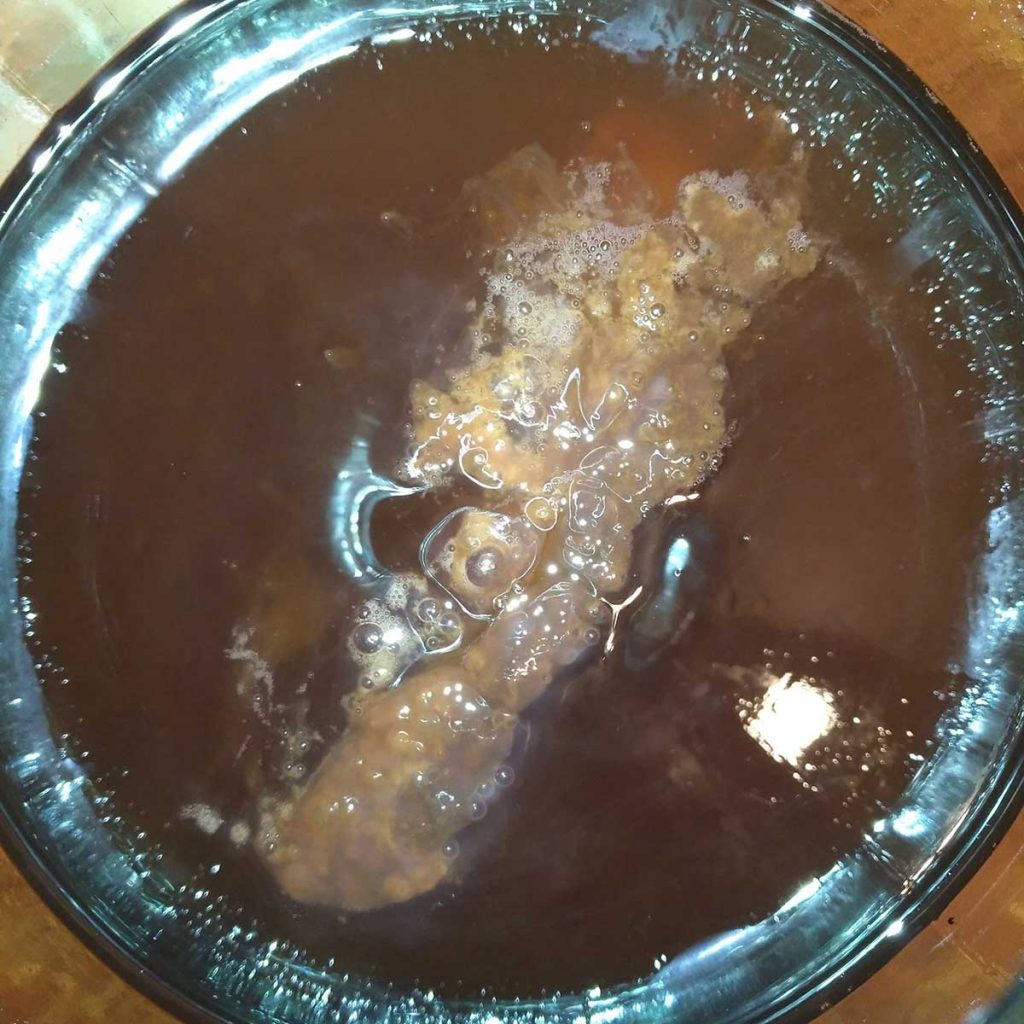
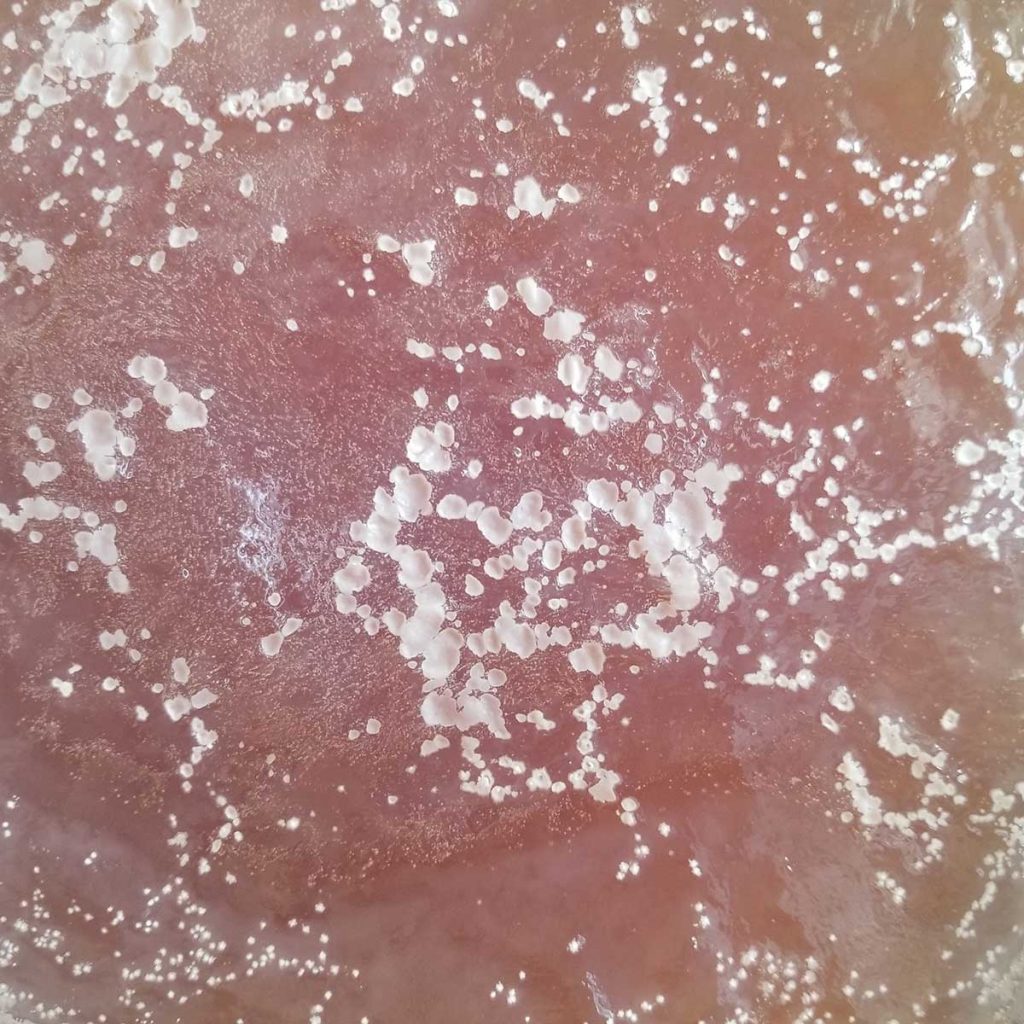
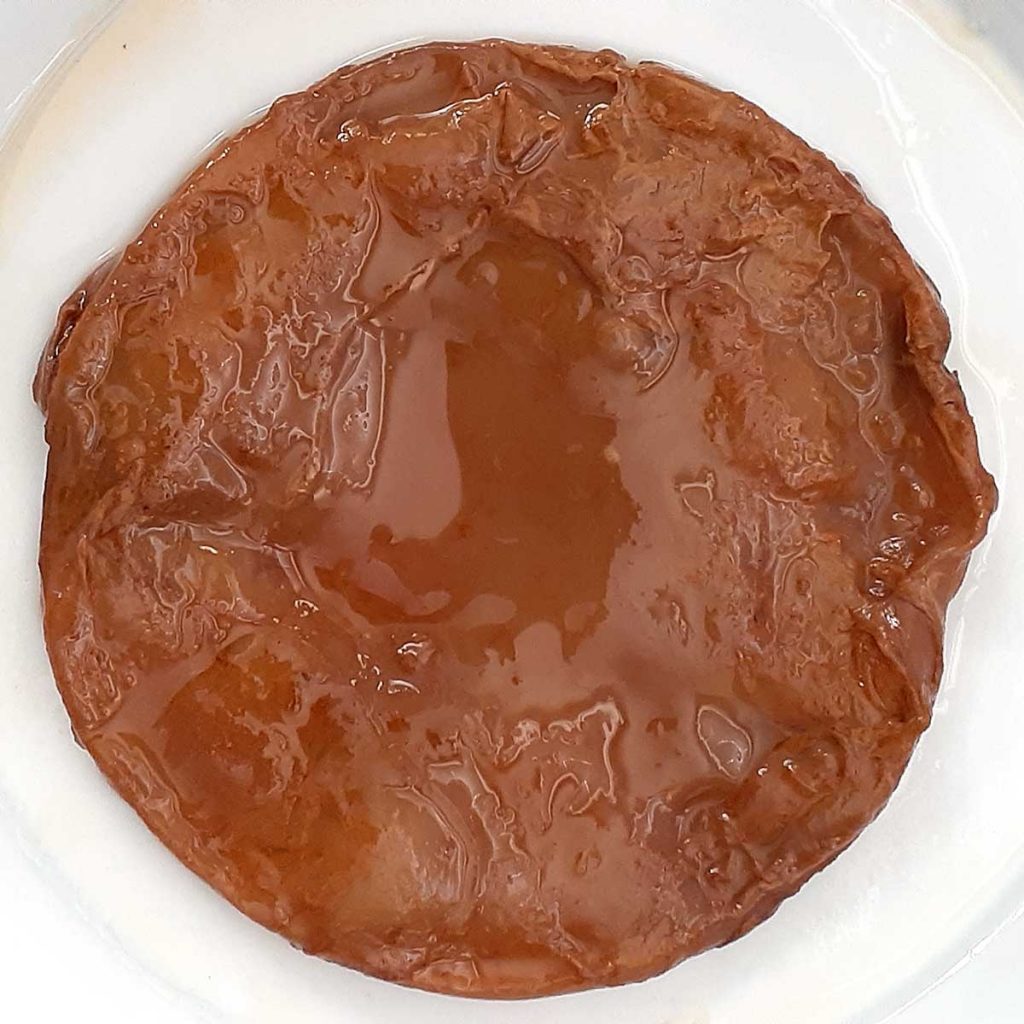
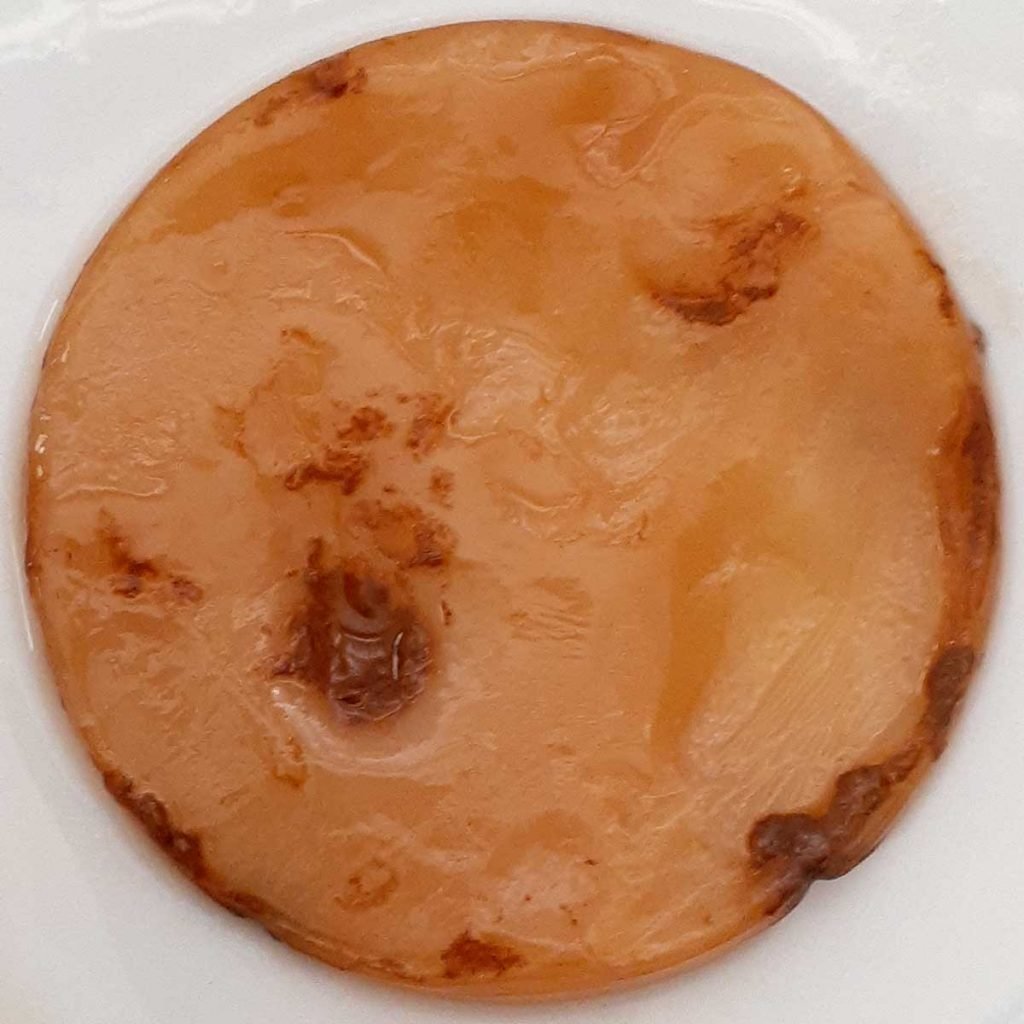
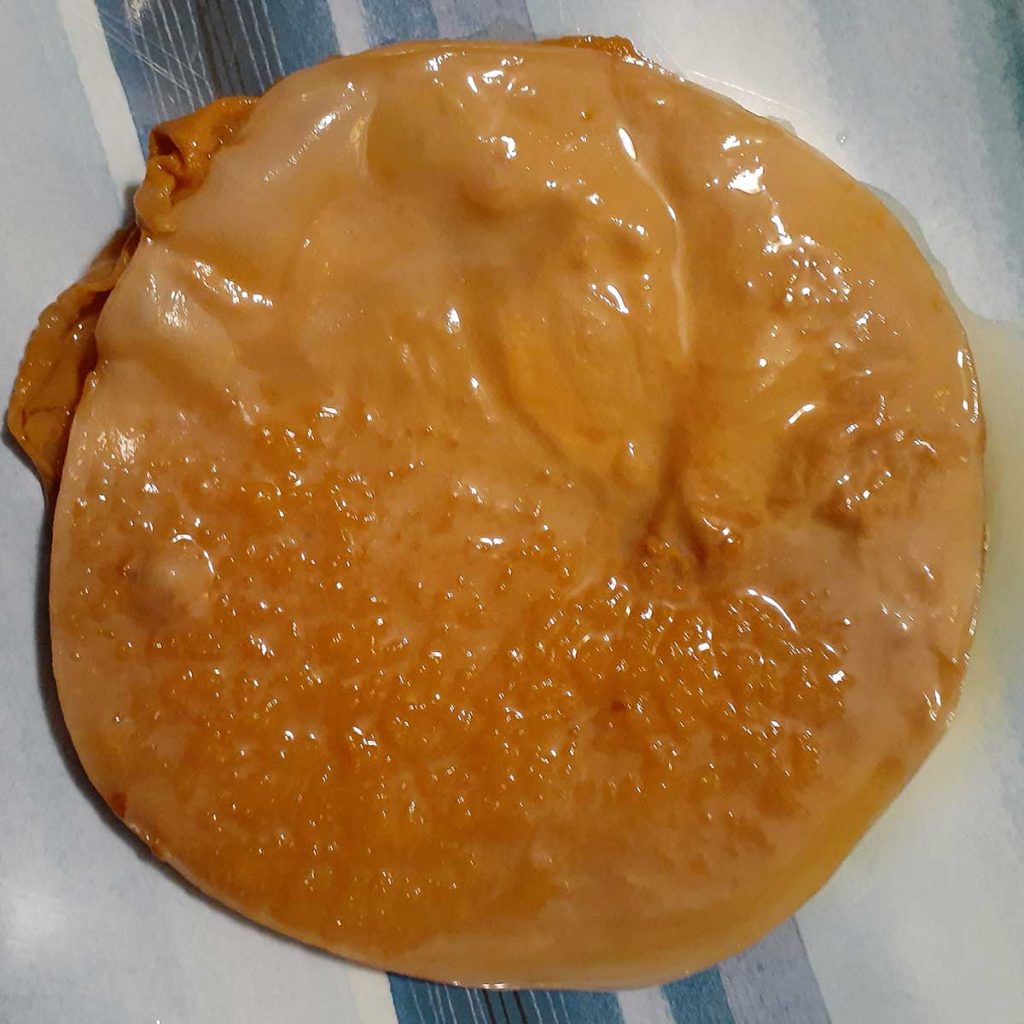
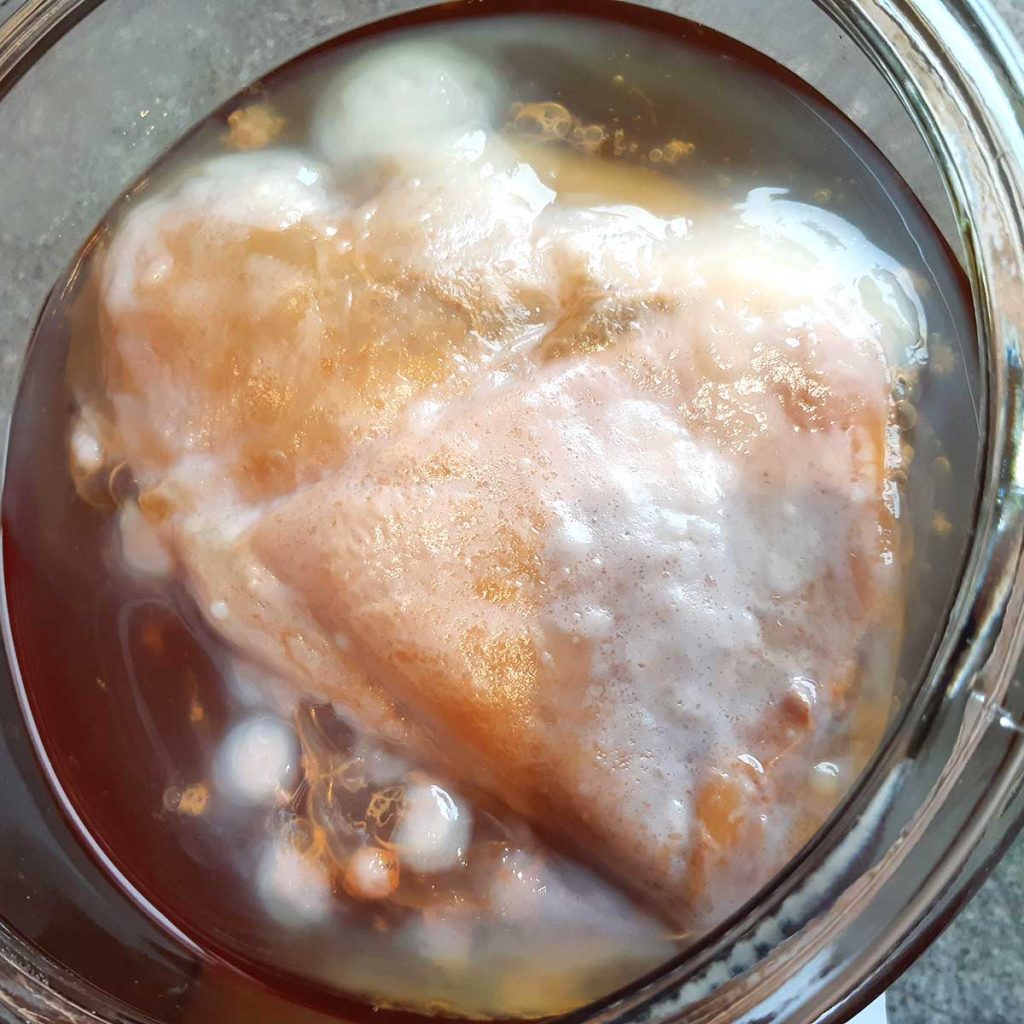
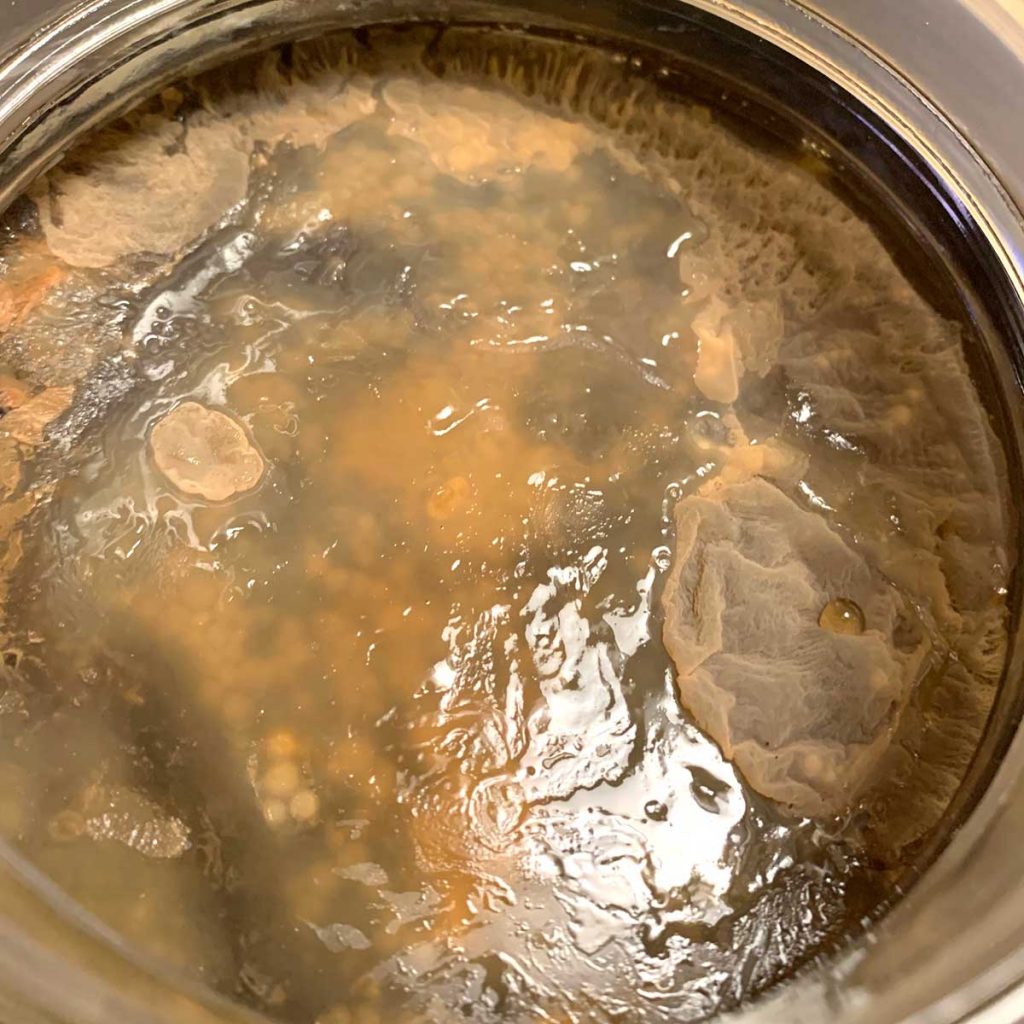
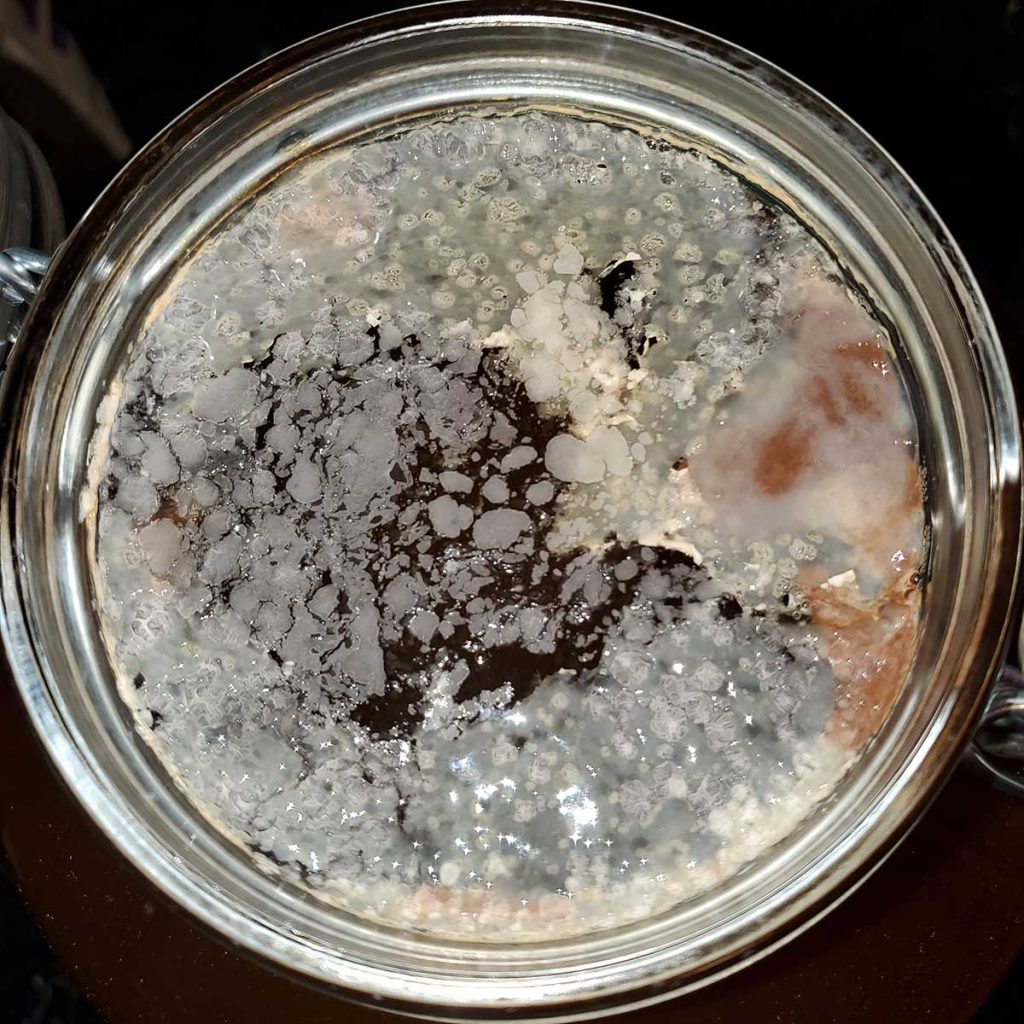
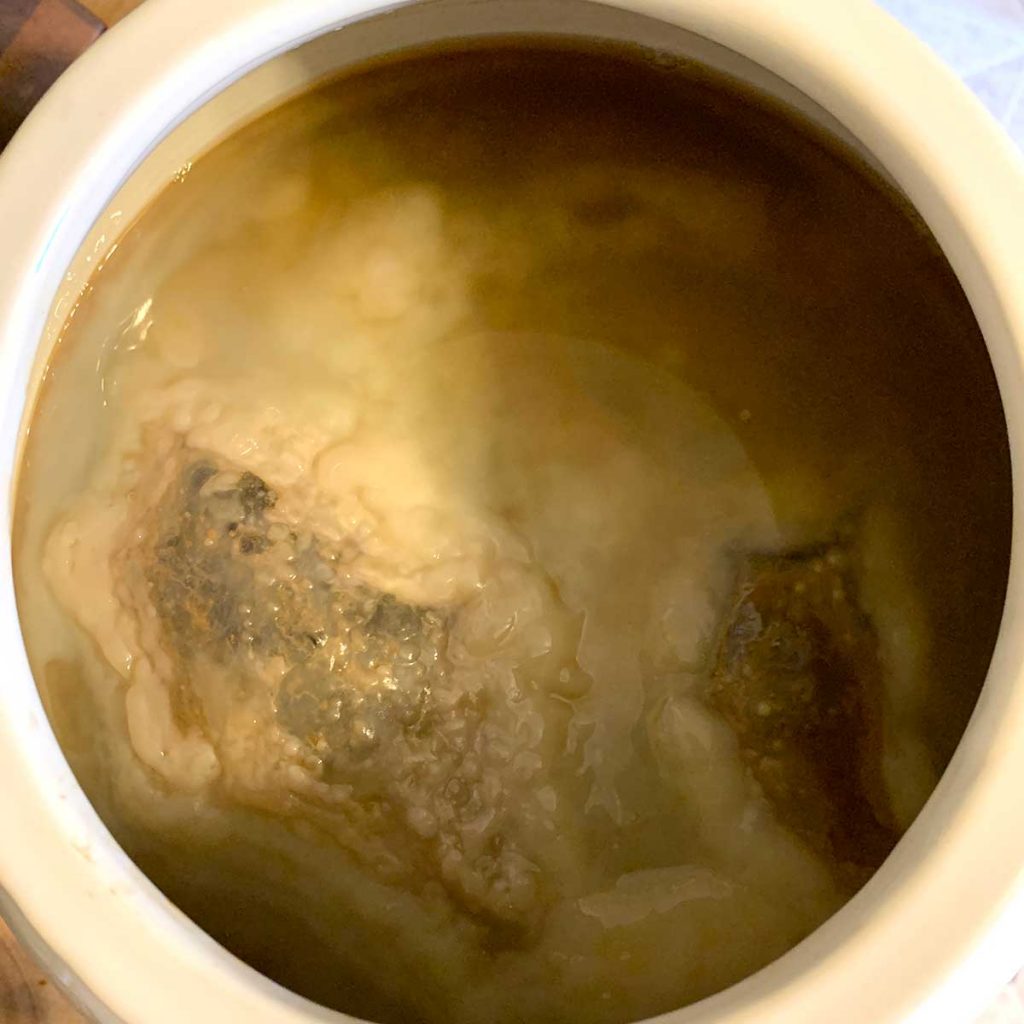
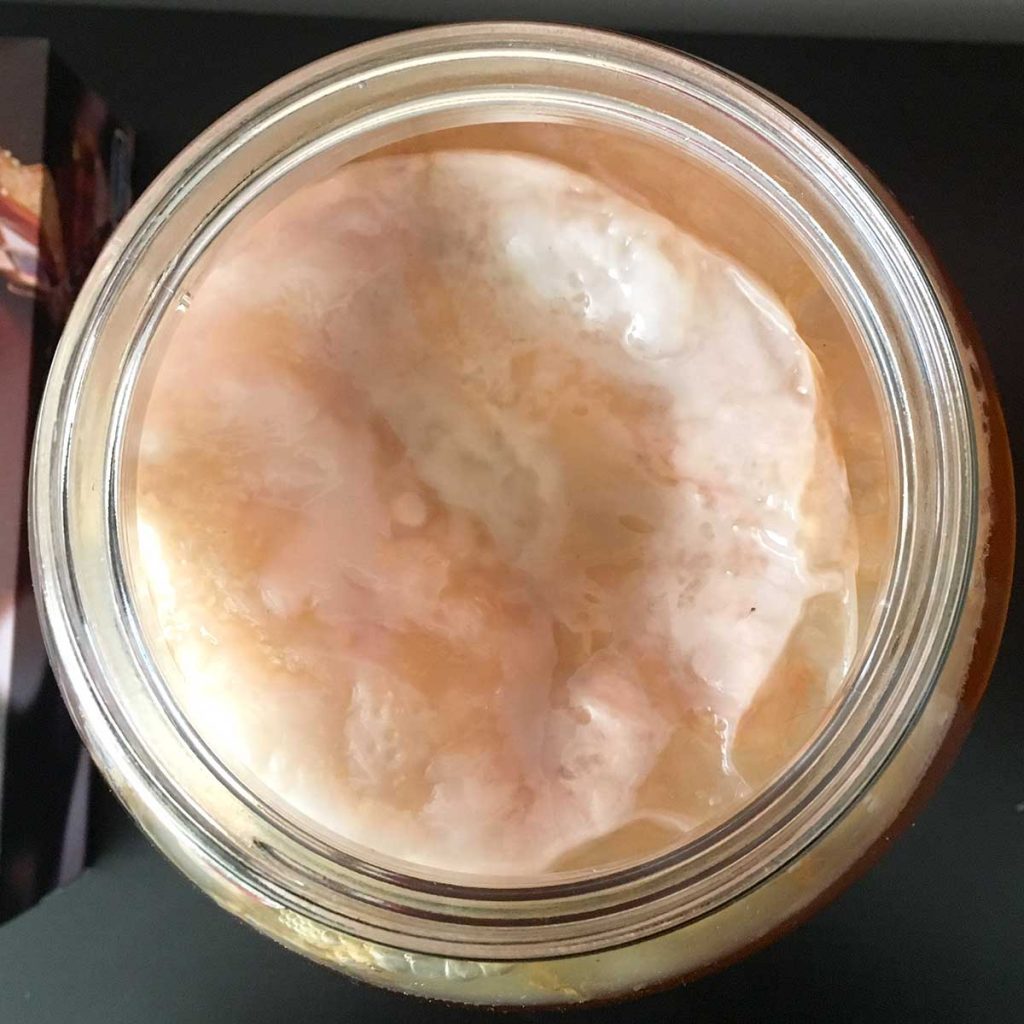
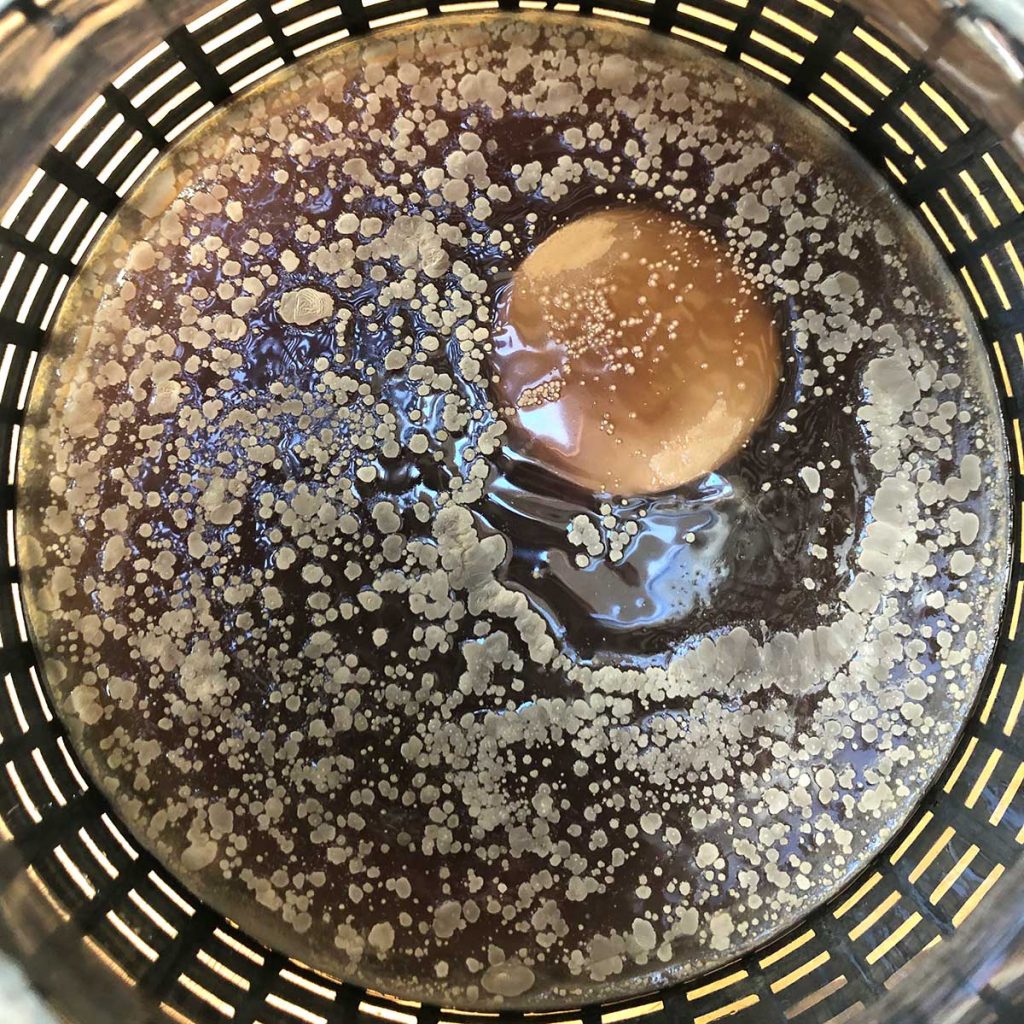
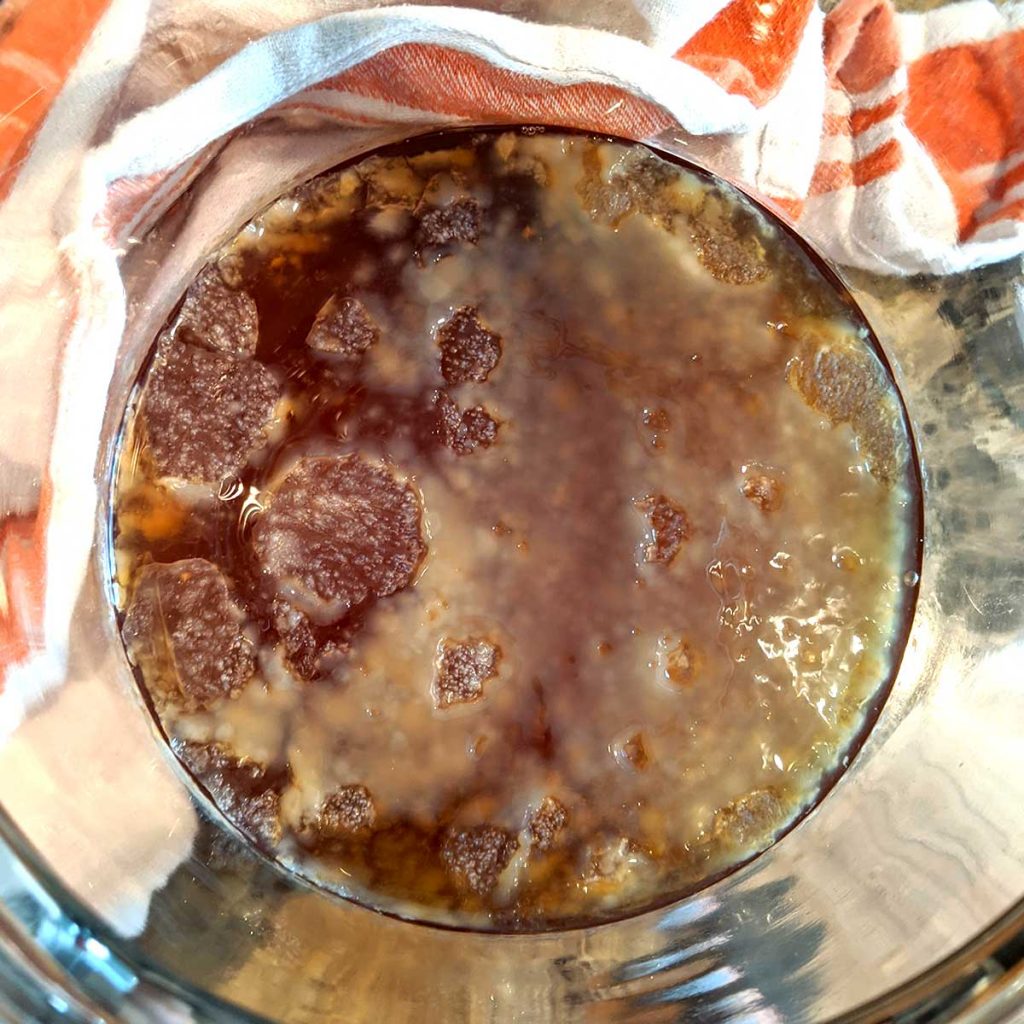
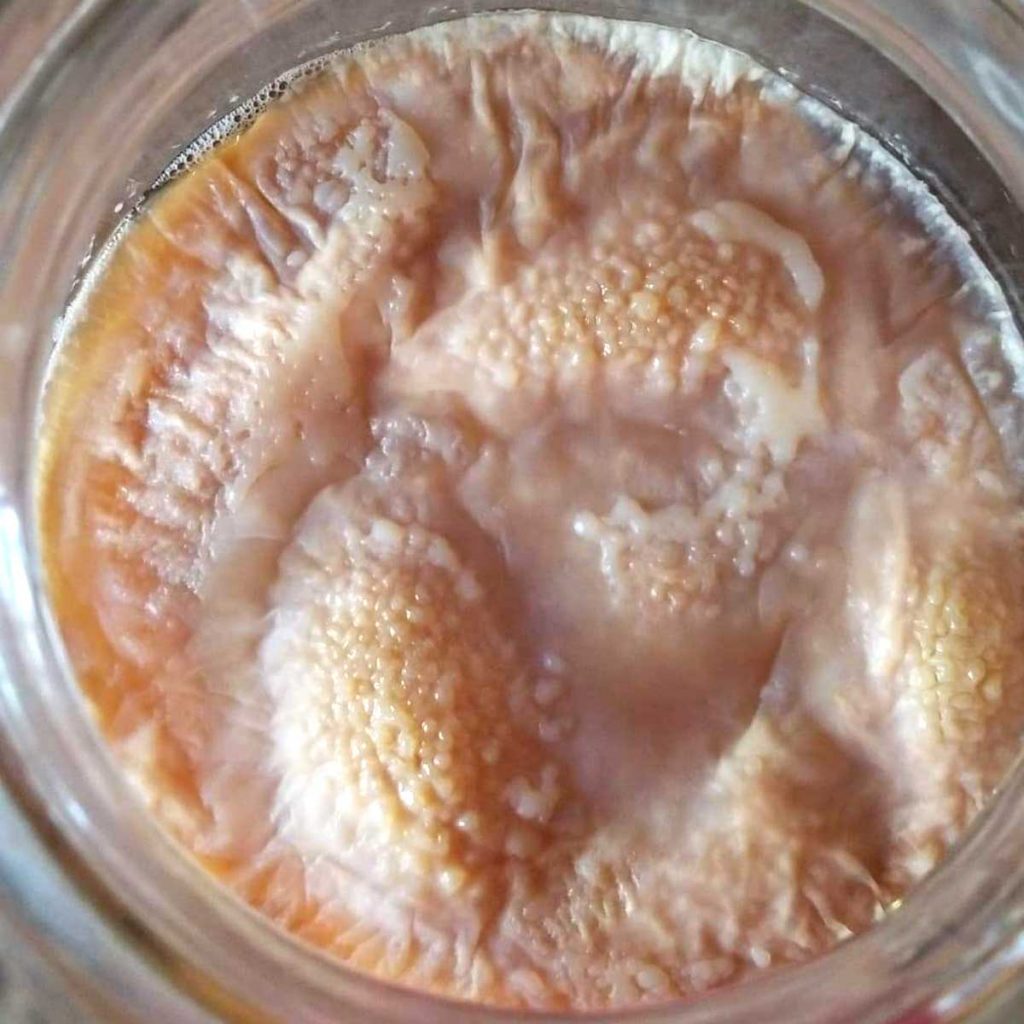
You got mold, now what?
First off, my condolences. Now it’s time to make your peace and throw it all away. The SCOBY, the tea, everything. There may be microscopic mold spores that you can’t see in the kombucha, so you’ll need to toss out the whole batch.
Next step, sterilize everything very well using boiling water and distilled white vinegar. (Here’s how I sterilize my kombucha supplies).
Finally, learn from your mistakes and move on. Figure out where you may have gone wrong so you can prevent mold from ever happening again. Can’t figure out what went wrong? Read the kombucha master recipe again closely in case you missed something. And feel free to email me with your questions!


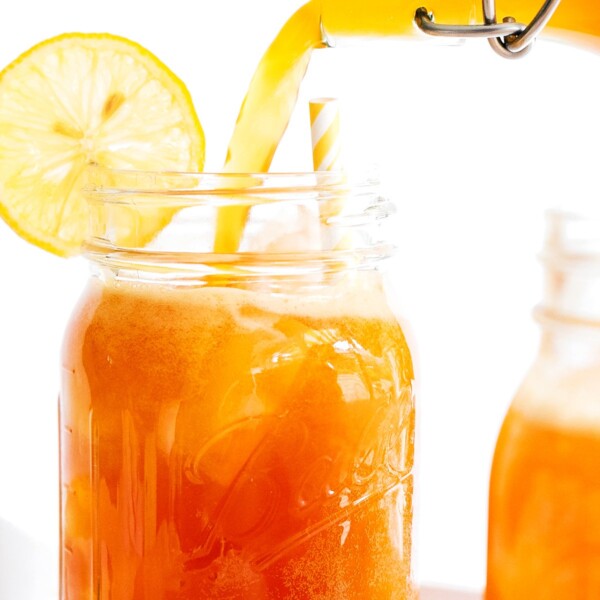
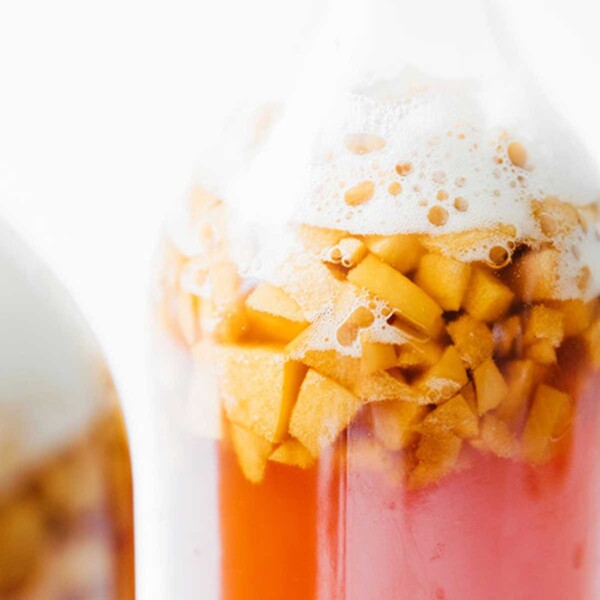
I am trying to determine if there is mold on my kombucha. There is a thin fuzzy white layer on top. I can email you a picture (I don’t see a way to attach a photo to this form, so please let me know how I can send it to you).
Yes! Please email [email protected] 🙂
Hello, I appreciate your website. Thank you.
I’ve been making kombucha for my husband for just a few months. I have a question about the scobie that is in my hotel at the present time. I can’t tell if there is mold. I have gone through the book I bought, The Big Book of Kombucha by Hannah Krum, and I still don’t know for sure. I think my scobie needs trimming from what I read, so any advice on that would be helpful. I sent the pictures to the address below that you gave to another person. I hope that that is okay. Thank you so much.
Hi, thanks for the pictures of possible mold on the SCOBY.
I checked my SCOBY about a week ago (had been fermenting about 10 days) and it looked like a few fuzzy white patches with a very thin new Mother. It maybe could be considered dry.
That’s gone now and the SCOBY is much thicker. It smells tangy, nothing off. If it were mold, would the SCOBY grow over the moldy patches and “encase” it?
Great question—and you’re thinking like a seasoned brewer! If it were true mold (dry, fuzzy, and sitting on the surface), it wouldn’t just disappear or get absorbed—it would usually grow, spread, and stay visibly fuzzy. A healthy SCOBY won’t grow over and “encase” mold; instead, mold tends to take over. Since those fuzzy spots are gone, the SCOBY has thickened, and it smells pleasantly tangy, it sounds like what you saw was likely just early yeast or uneven SCOBY growth—not mold. Keep watching and sniffing, but it sounds like your batch is on track!
I brought my culture out of refrigeration storage, divided it as there were multiple layers. One brew is healthy but I am unsure of the other. Culture sank to the bottom of the jar. Multiple small white circular shapes developed on the surface (not mold). Now the round little circles are moving down towards the scoby and the scoby is beginning to rise. Any ideas?
Totally sounds like normal fermentation in action! When you bring a culture out of cold storage, it can take time to “wake up,” and what you’re seeing—white circles forming, sinking, and the SCOBY rising—is likely yeast activity and a new SCOBY starting to form. As long as nothing is fuzzy, dry, or colored (like green, blue, or black), it’s probably just the brew finding its rhythm again. Keep an eye on the smell (it should be tangy, not rotten), and you should be good to go!
My daughter gave me a story. I followed the directions but may have let it go to long. There is a smooth white rubbery circle around the scoby. The container is very wide. Help!
That actually sounds totally normal! A smooth, white, rubbery circle forming around the SCOBY is likely just a new baby SCOBY growing on the surface—that’s a good sign the fermentation is working. Wide containers tend to grow flatter, wider SCOBYs, so that checks out too. If it smells pleasantly tangy and there’s no fuzzy mold, you’re in great shape—even if it went a little long!
My Kambucha SCOBY sank and there is white frizzy stuff on top. I may have not noticed it before because my SCOBY was floating on top. Is that normal? I am afraid of mycotoxins,
Thanks,
Sandra
Hi Sandra! Anything that looks dry or fuzzy could be mold and means that you should throw the batch away and clean everything really well. I always prefer to be on the safe side!
Hey my scoby might be moldy. Can I send you a picture of it?
Sure! [email protected]
My first time brewing Kombucha and one of my jars has something in it that the other jar doesn’t. I don’t think it’s mold, just want to know what it is!
Totally normal to feel unsure on your first batch—kombucha can look a little wild at first! If what you’re seeing isn’t fuzzy, dry, or sitting on top like blue/white/green mold (think bread mold), it’s probably just a new baby SCOBY forming or strands of yeast. These can look stringy, jelly-like, or even a little cloudy, and it’s totally normal for one jar to look different from another. Mold is rare if your setup is clean and you used enough starter tea—so trust your nose (should smell tangy, not rotten) and keep going!